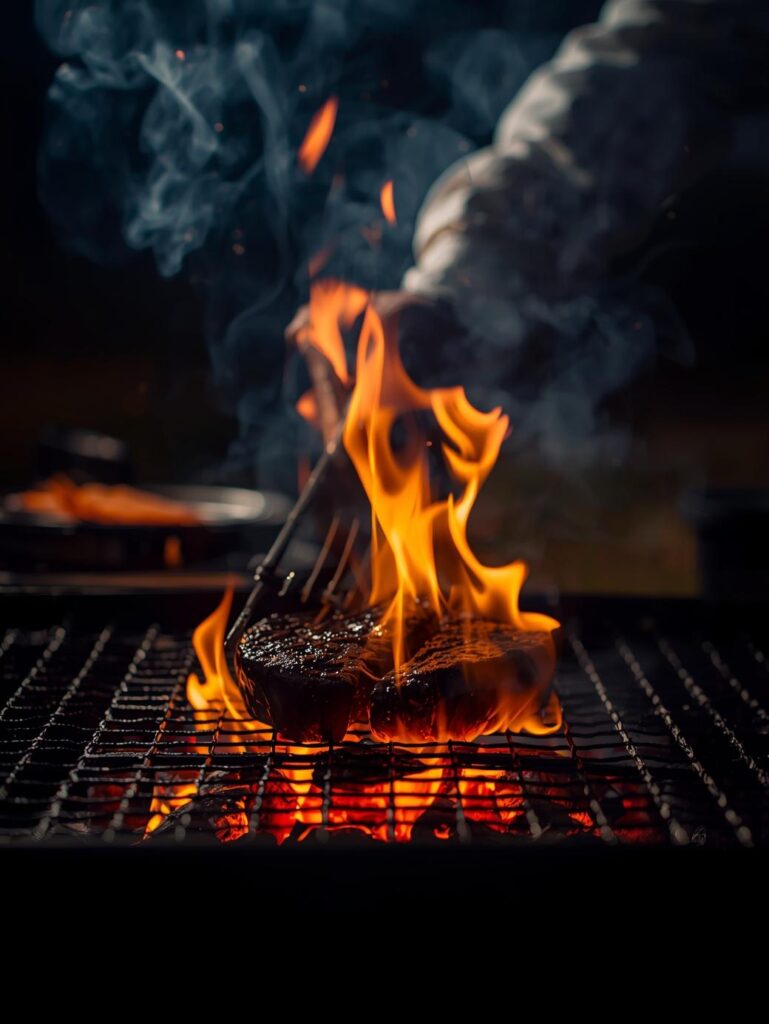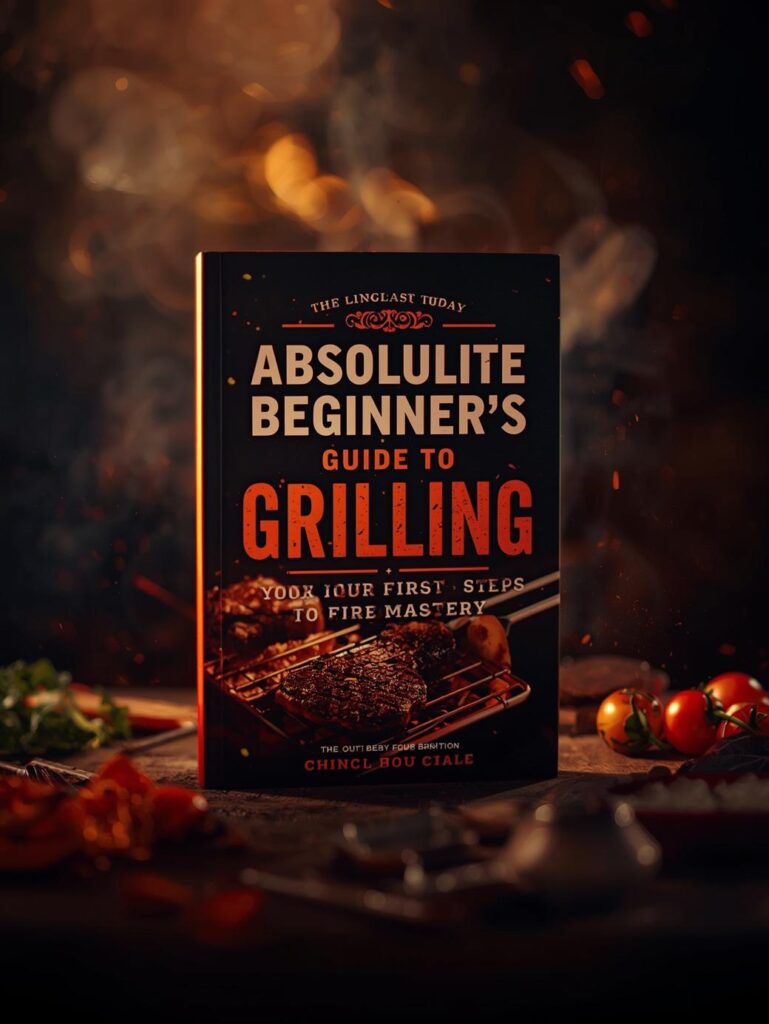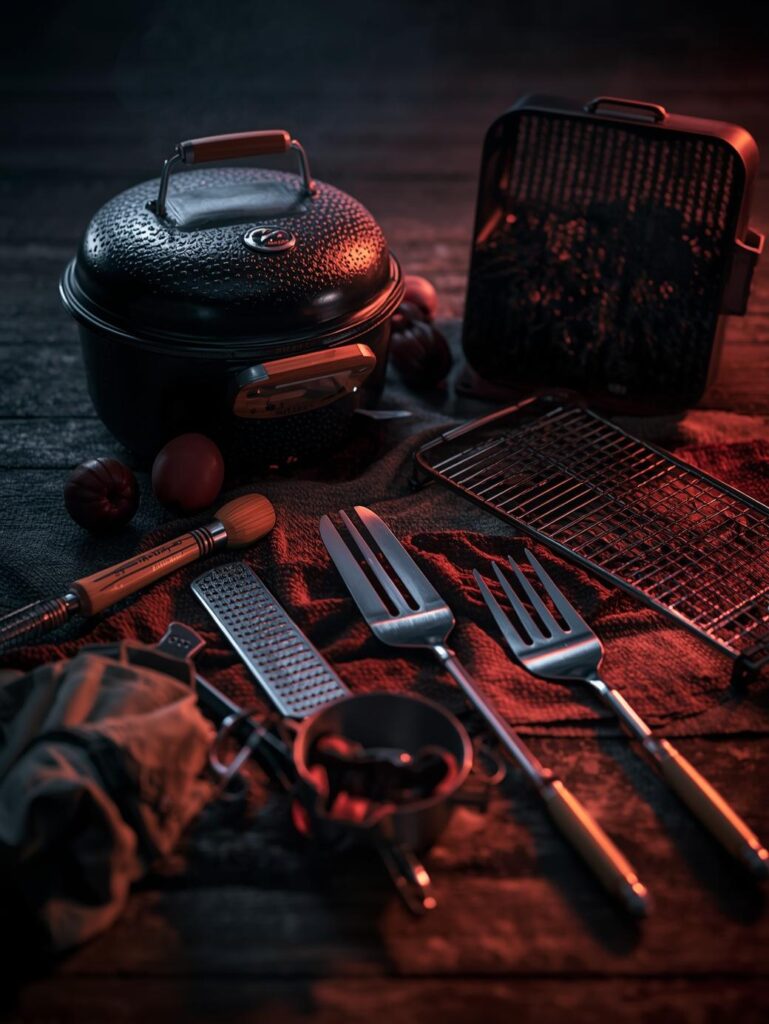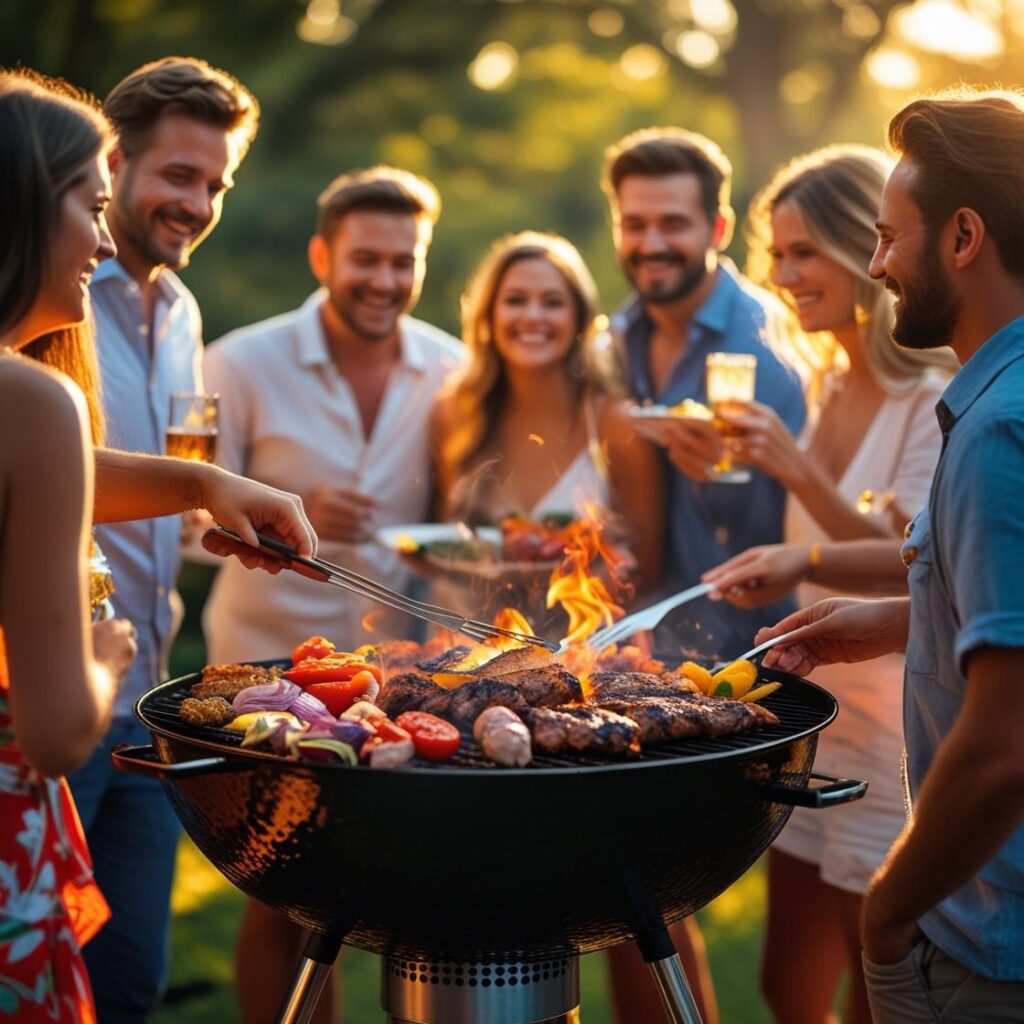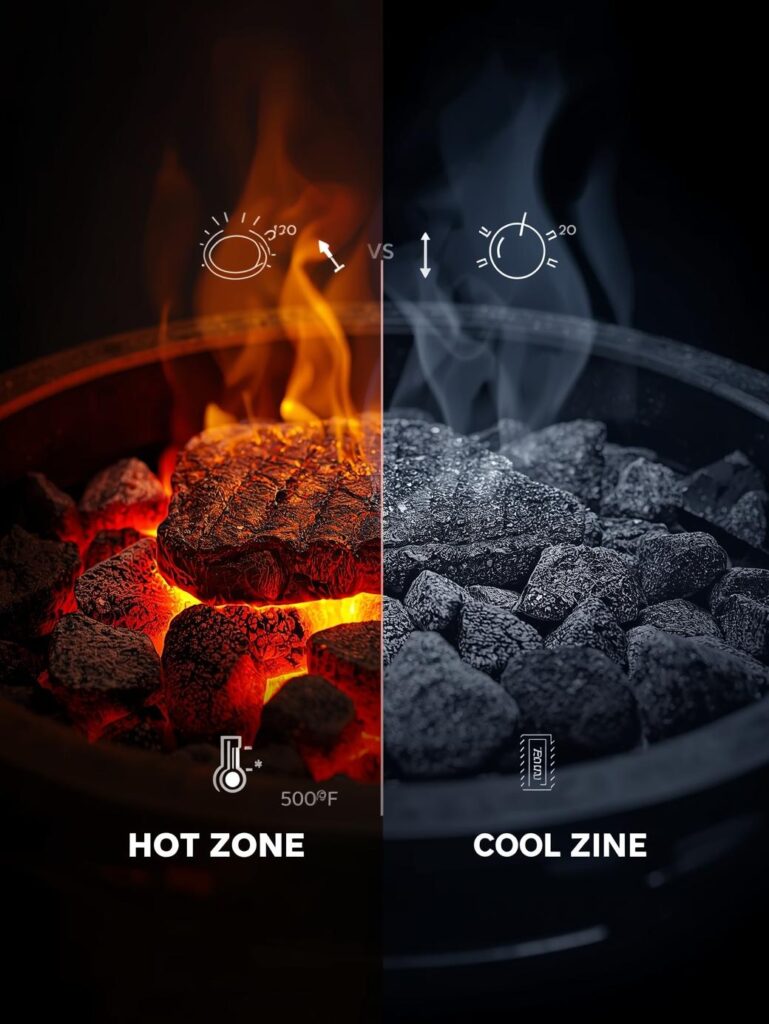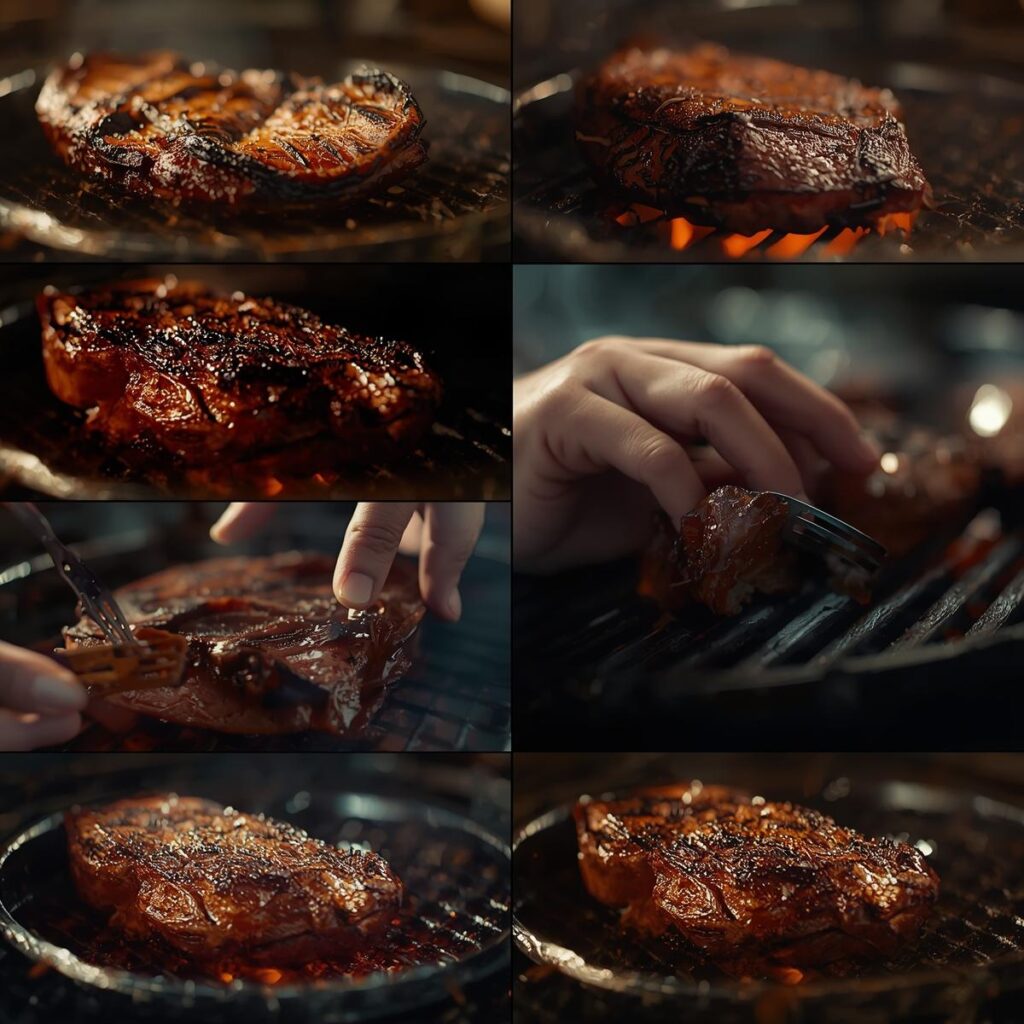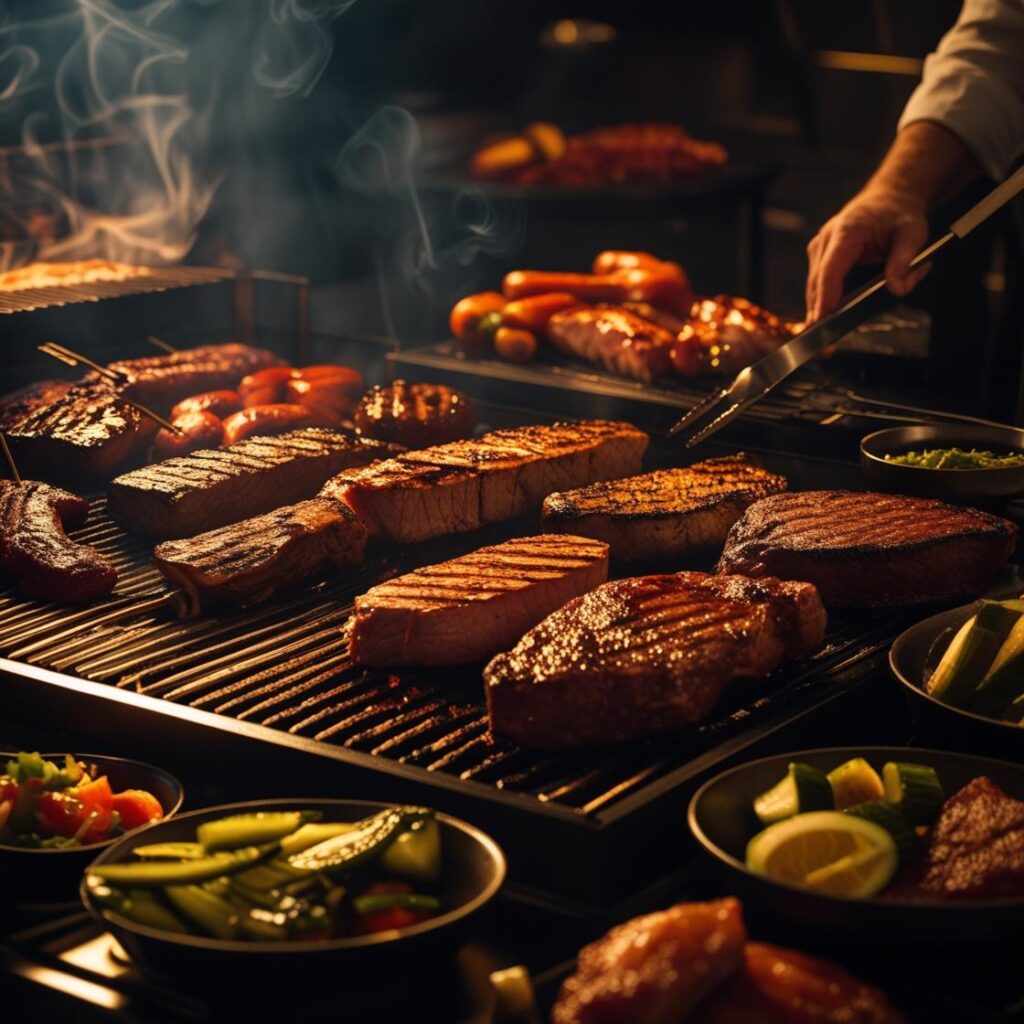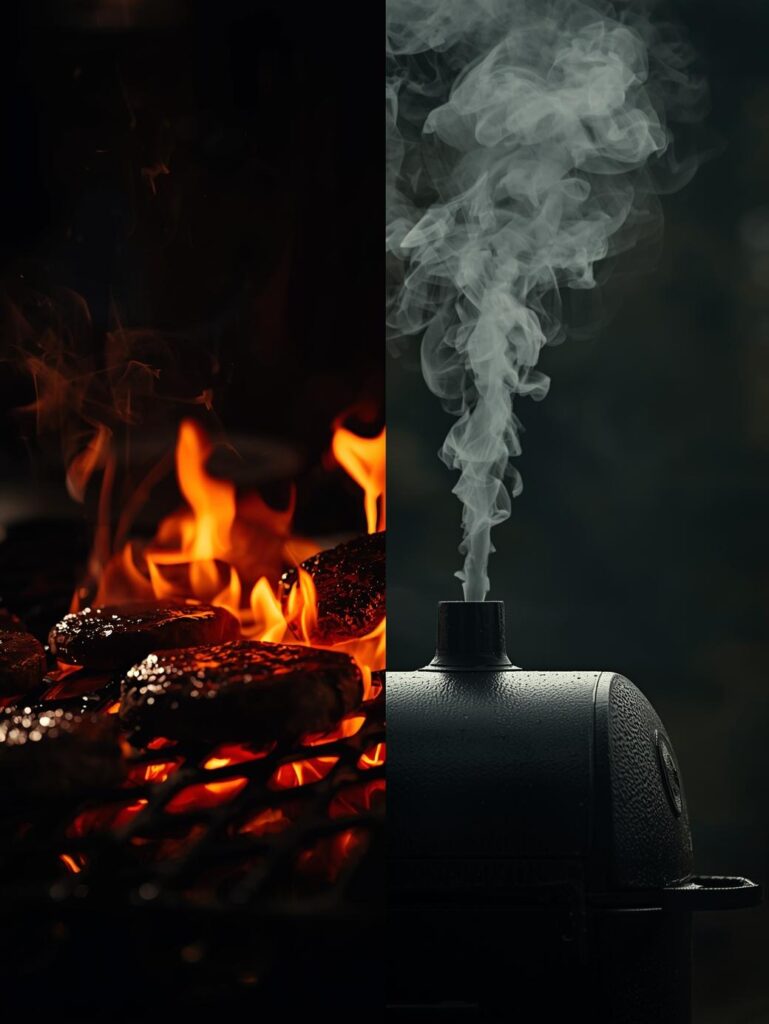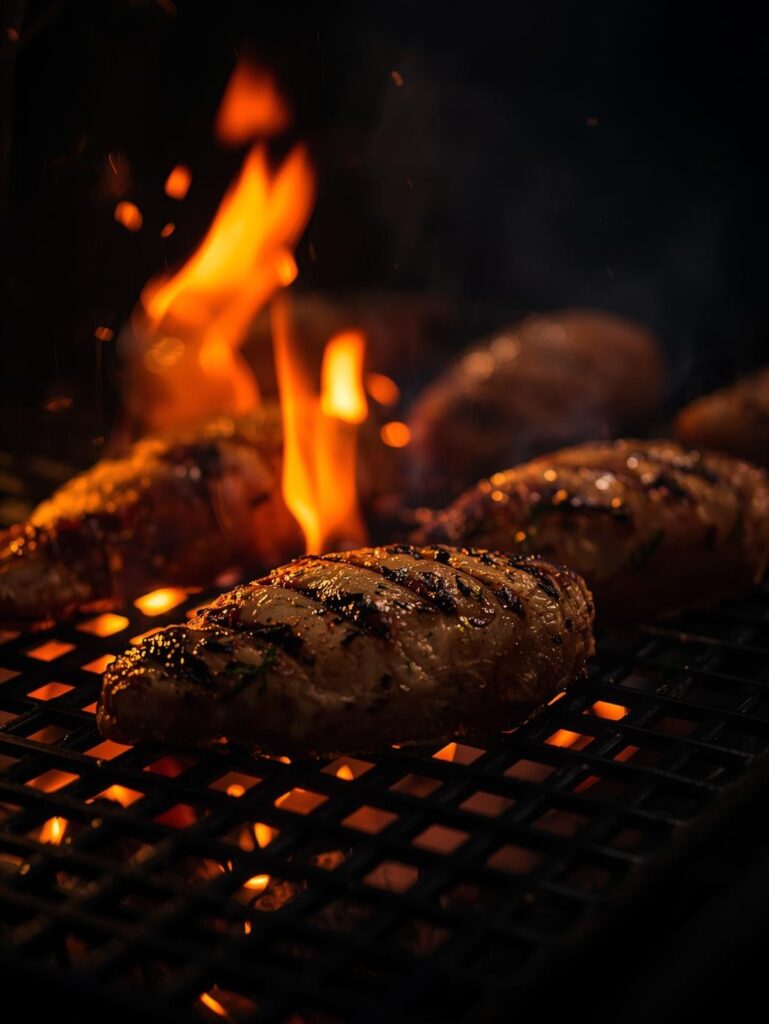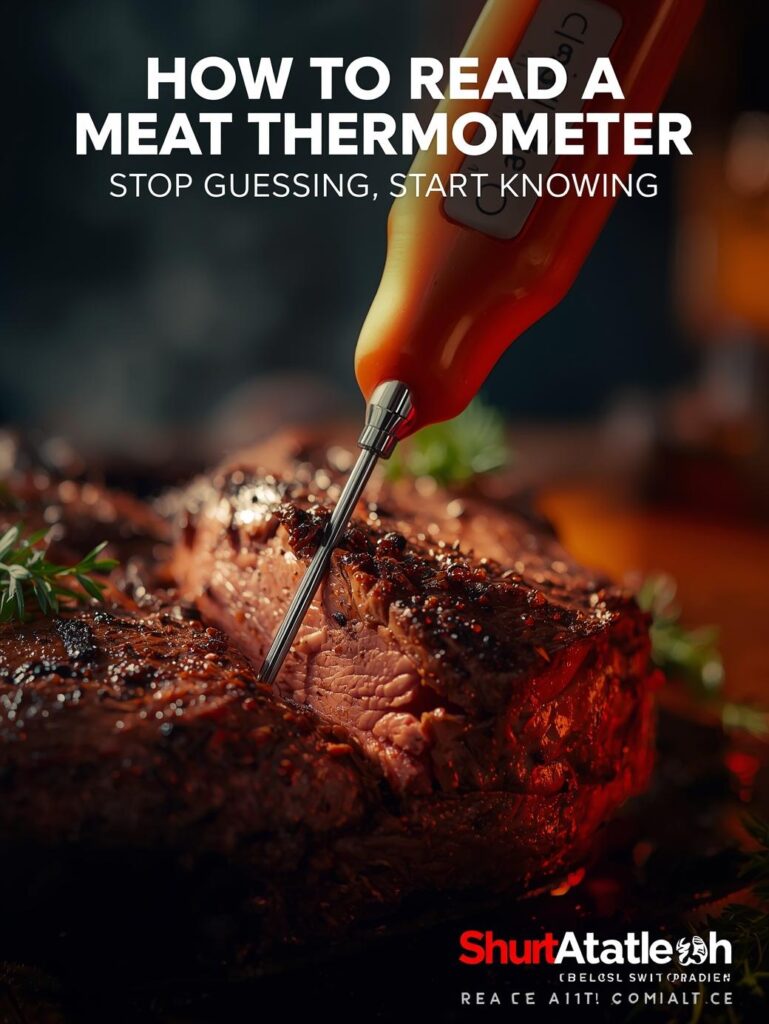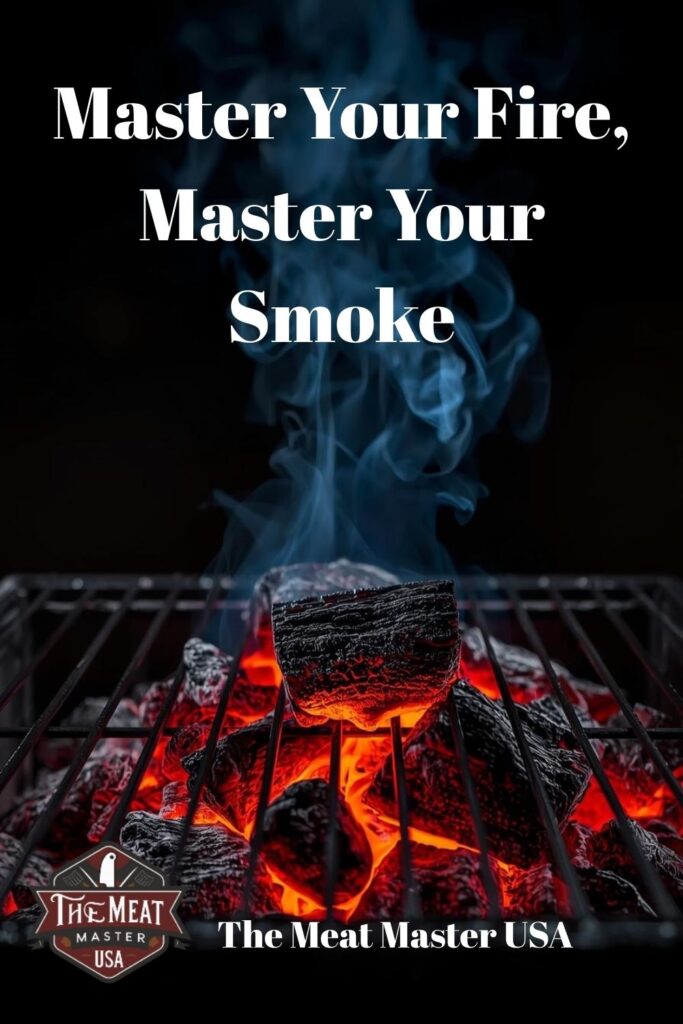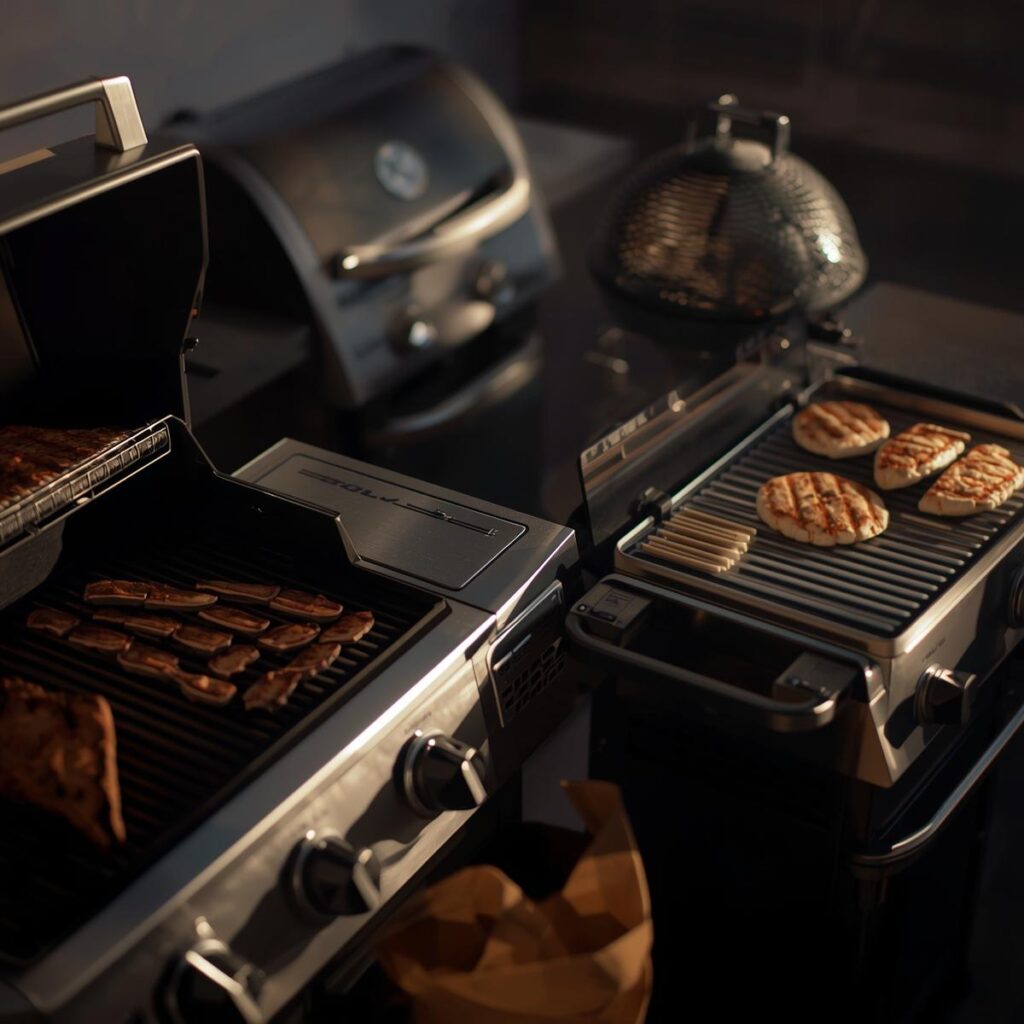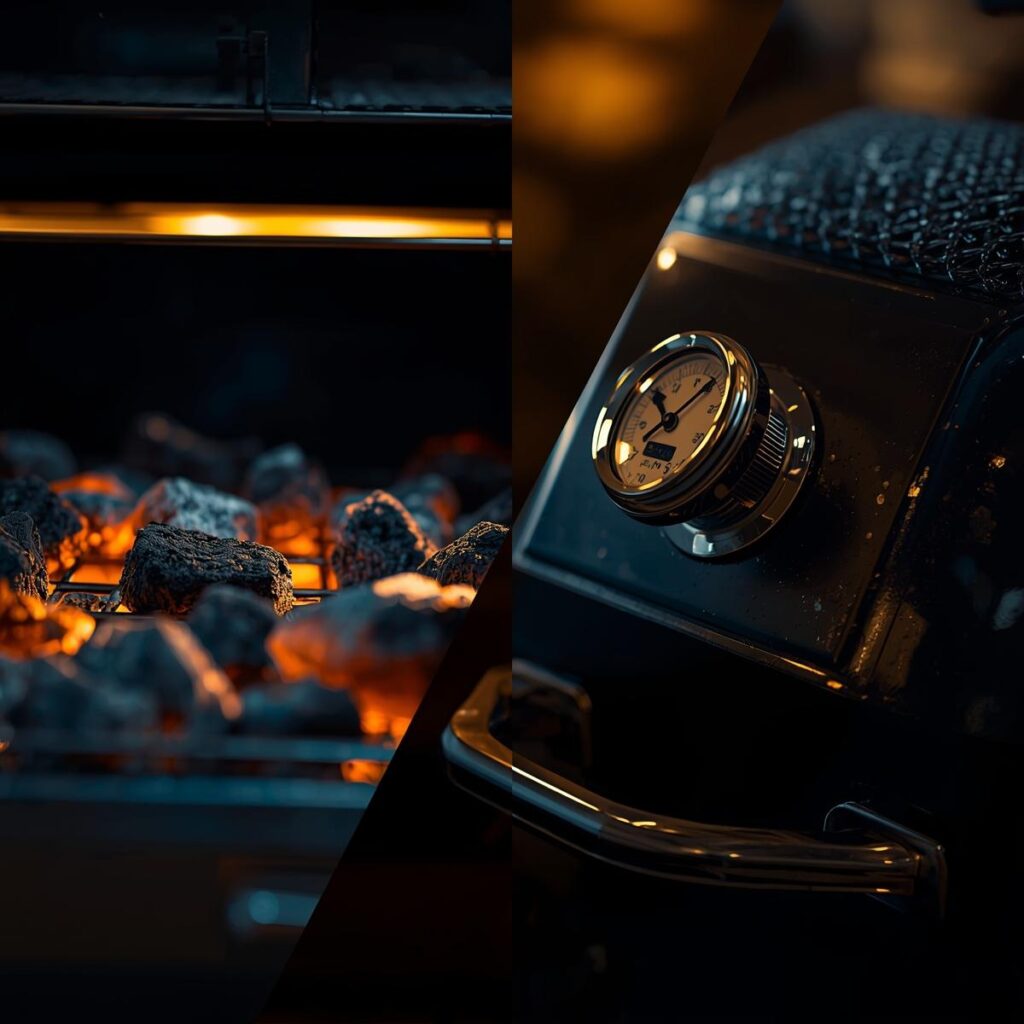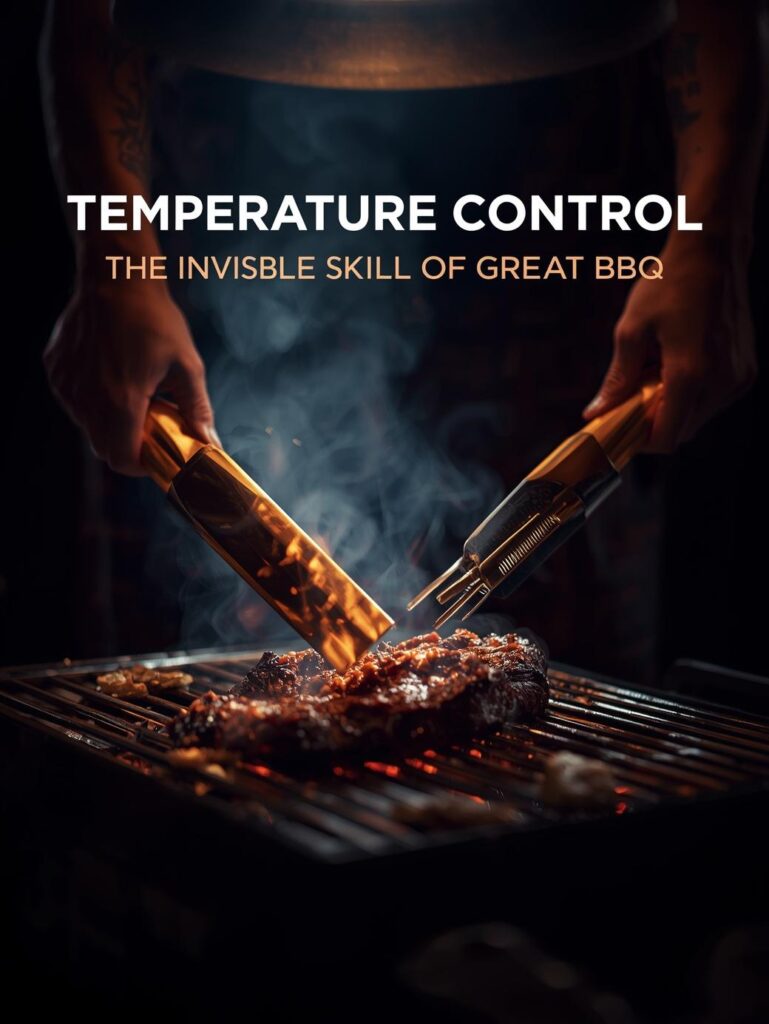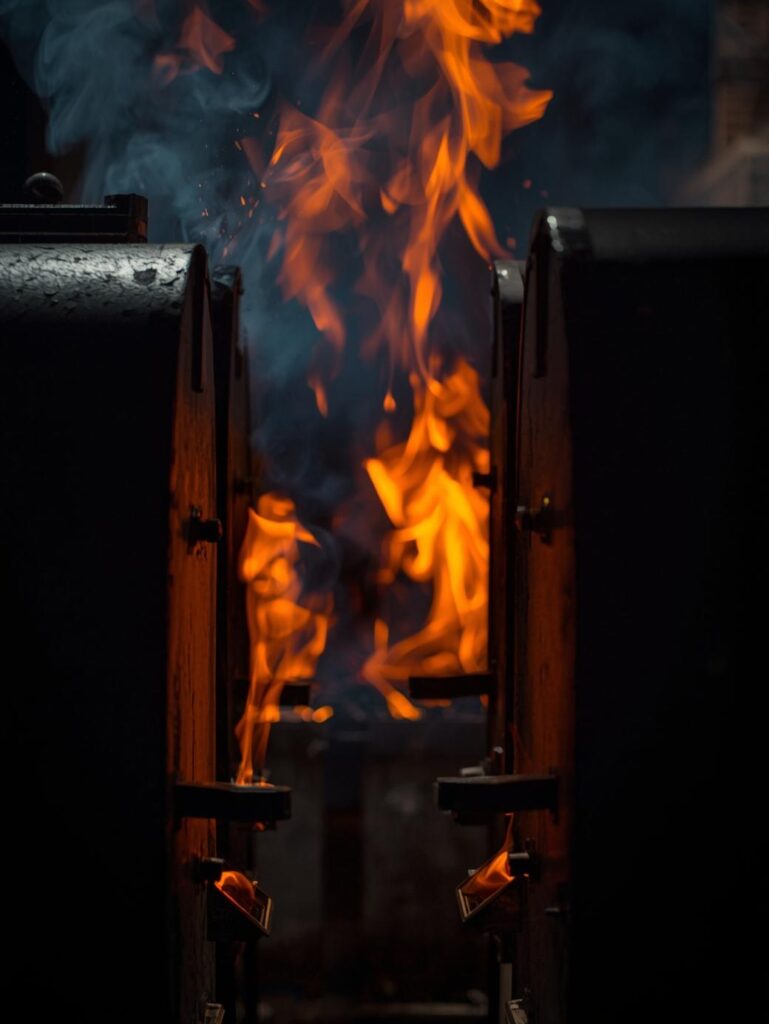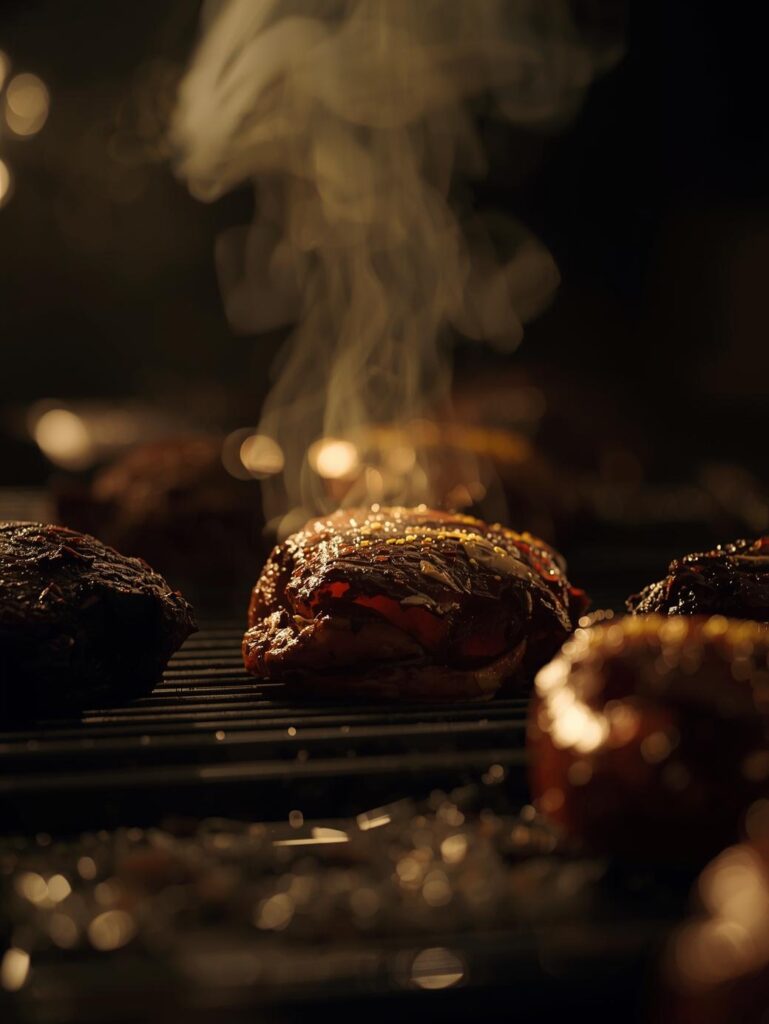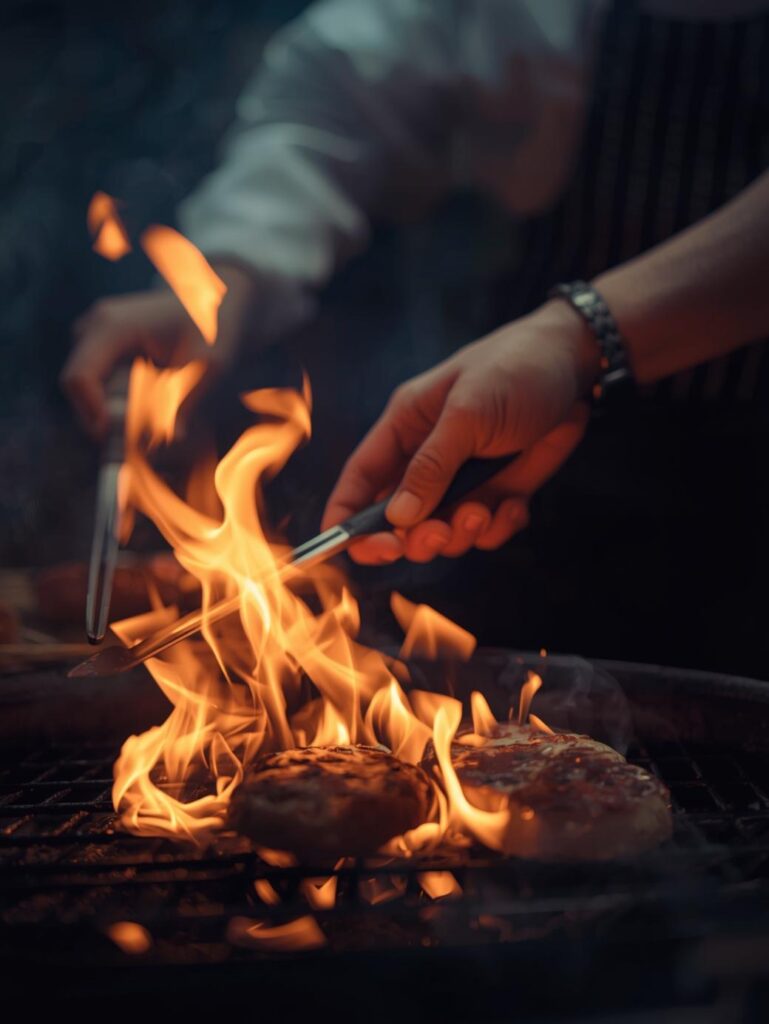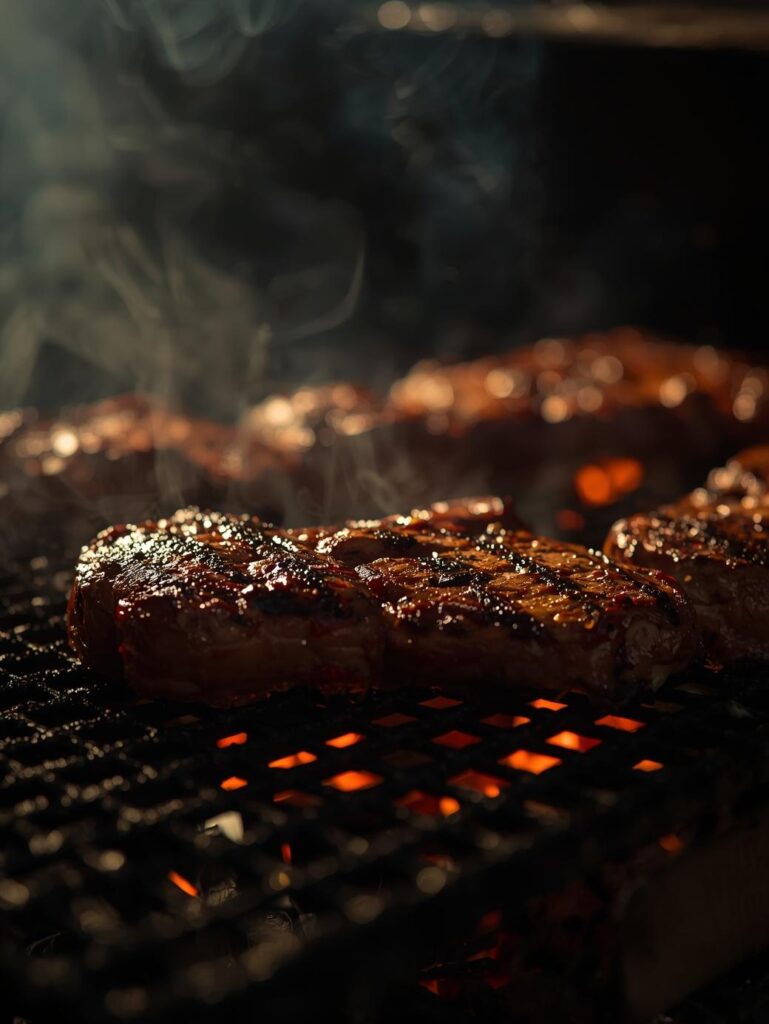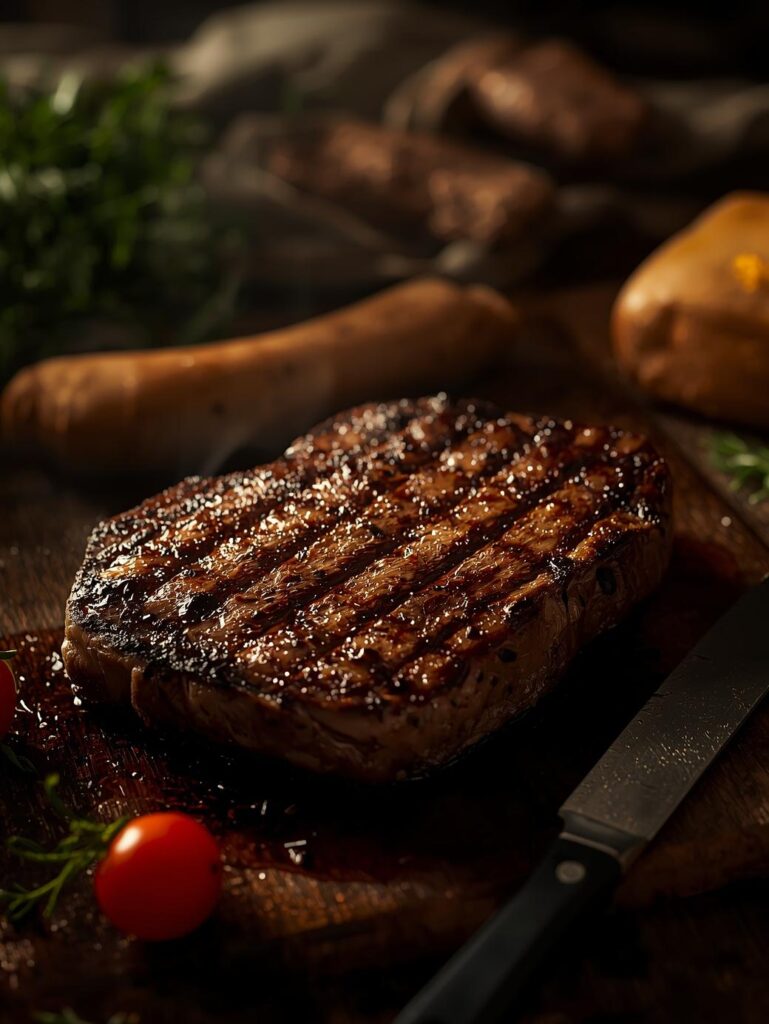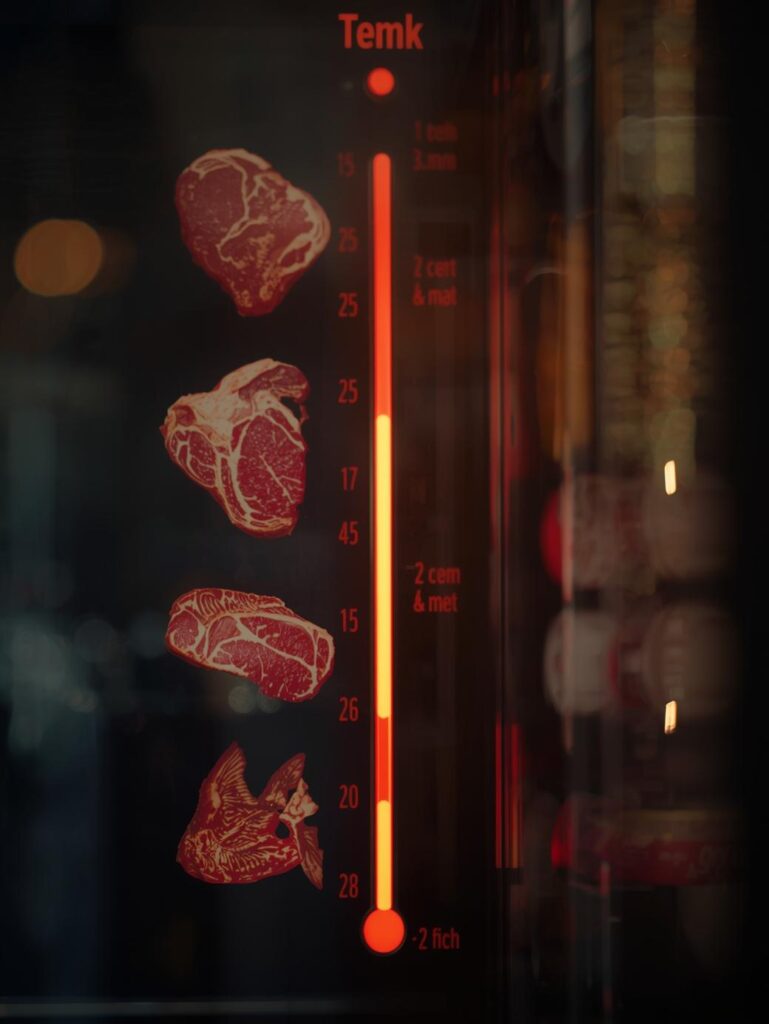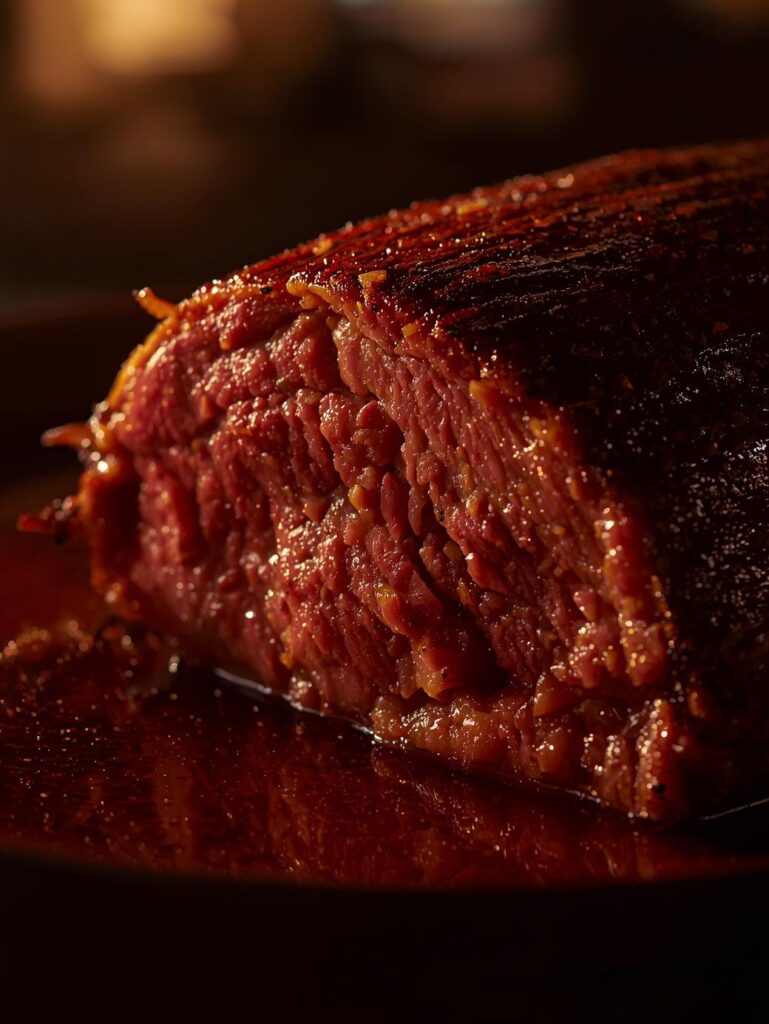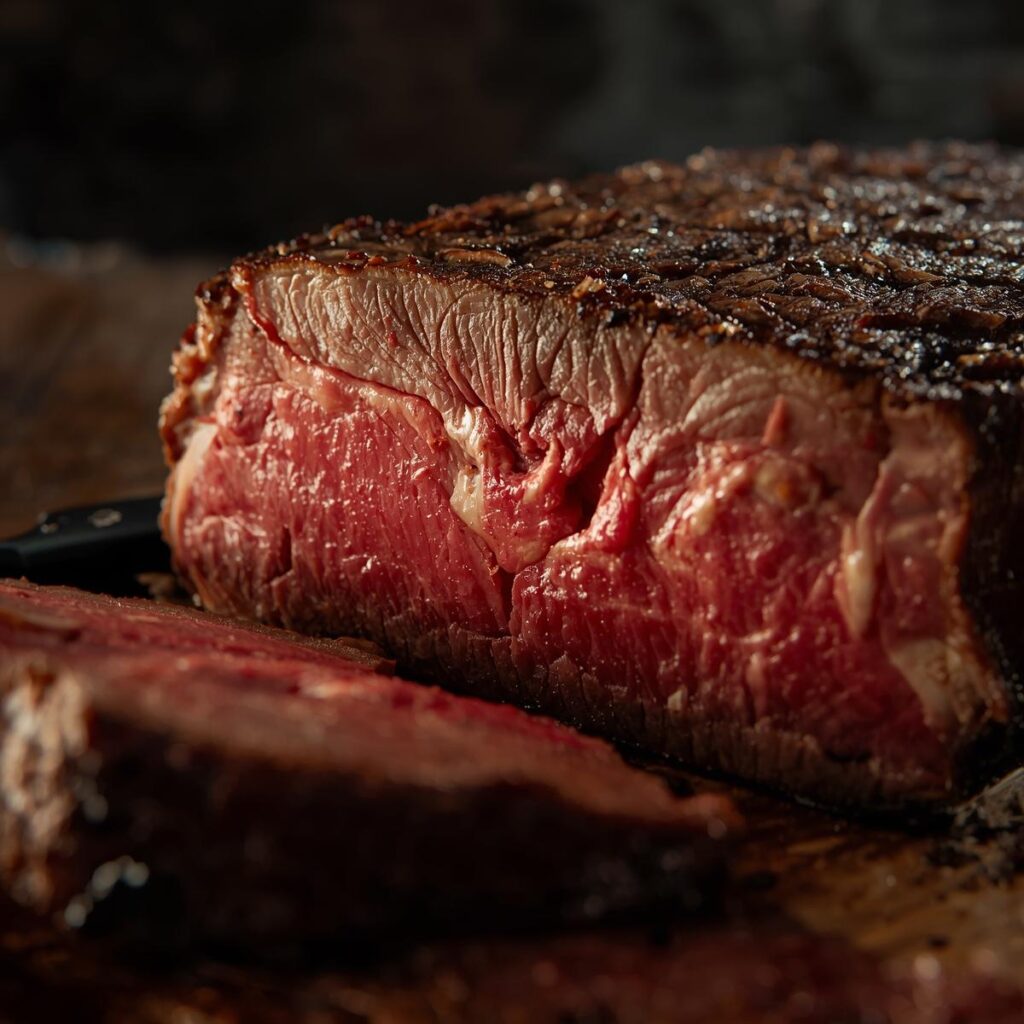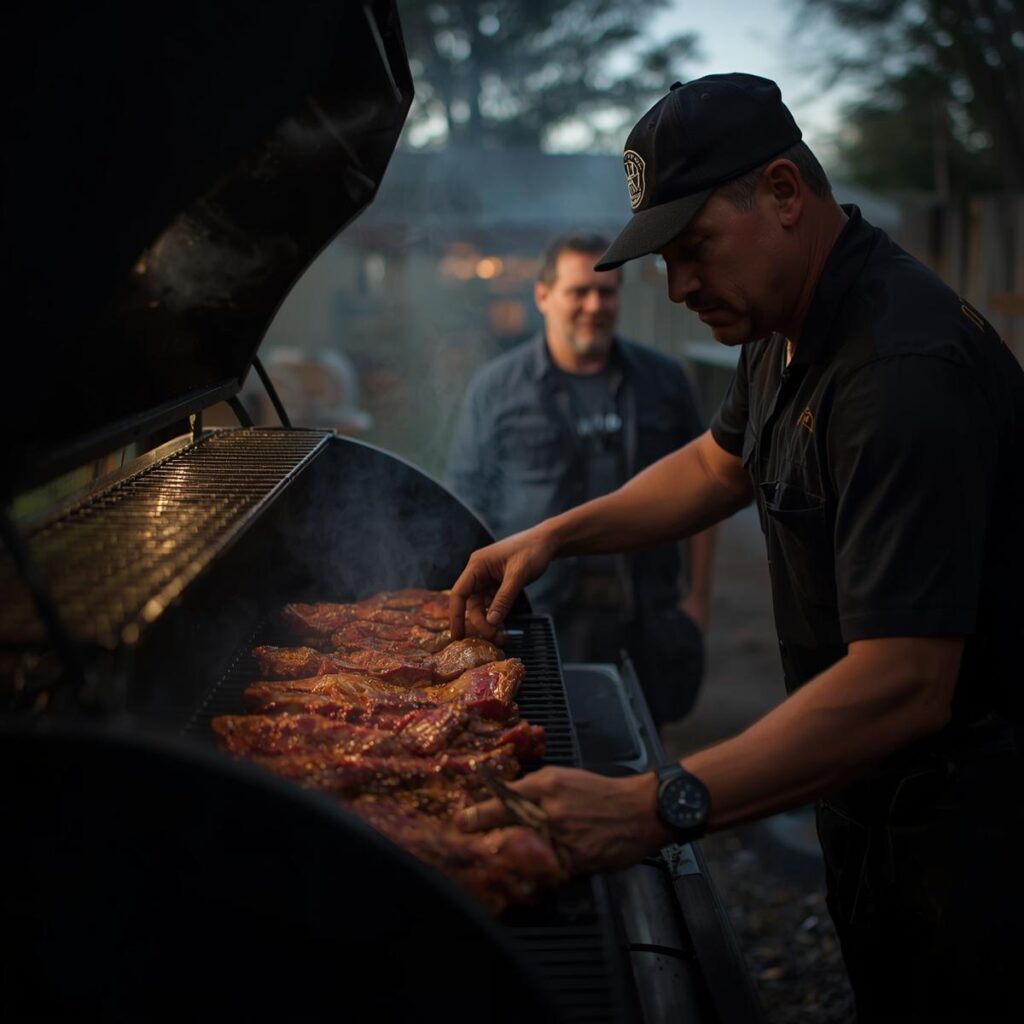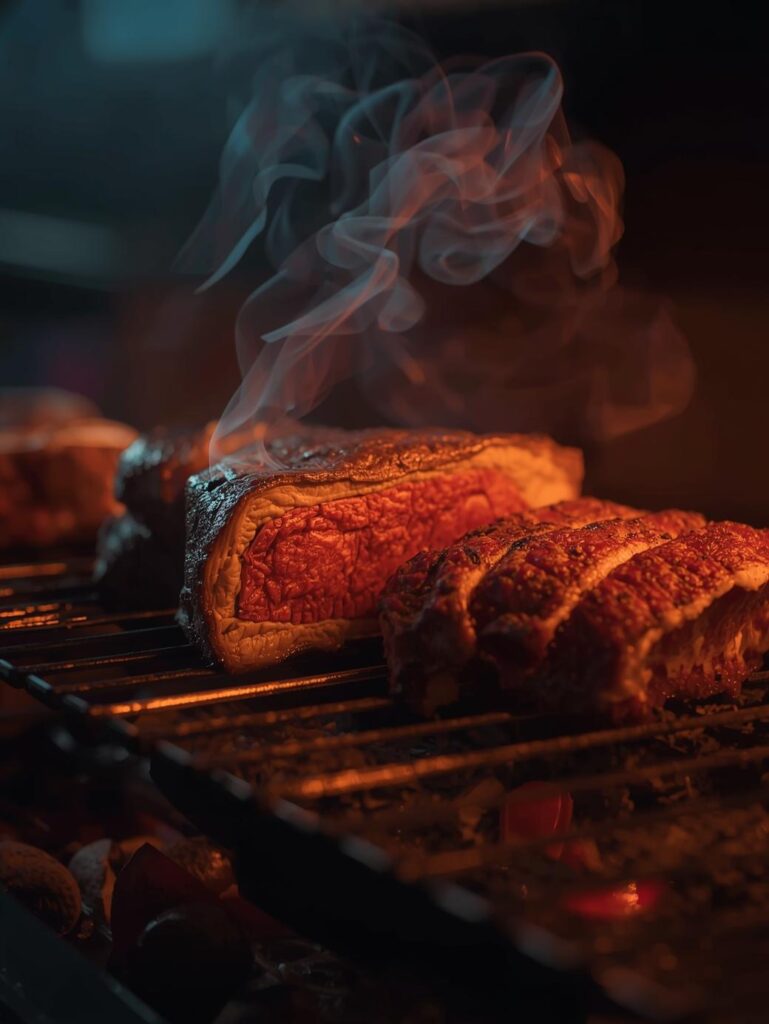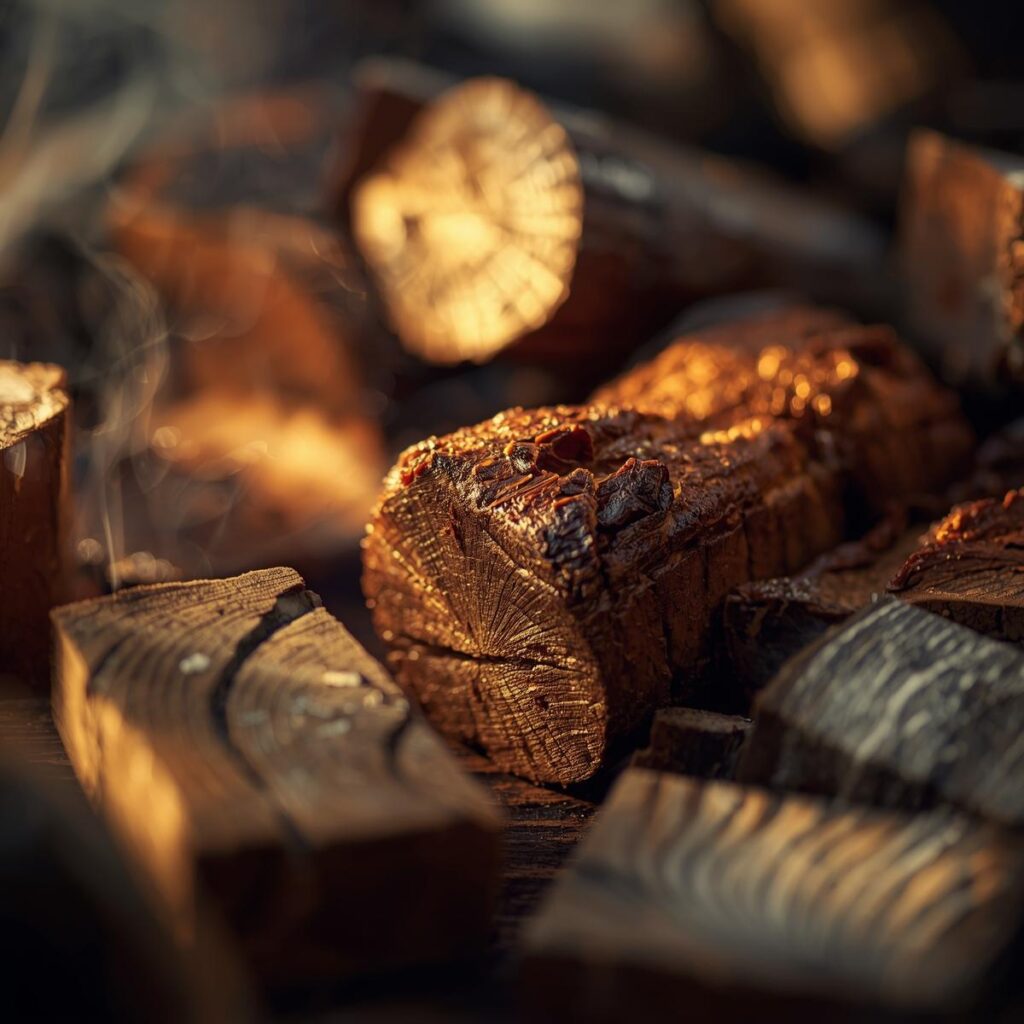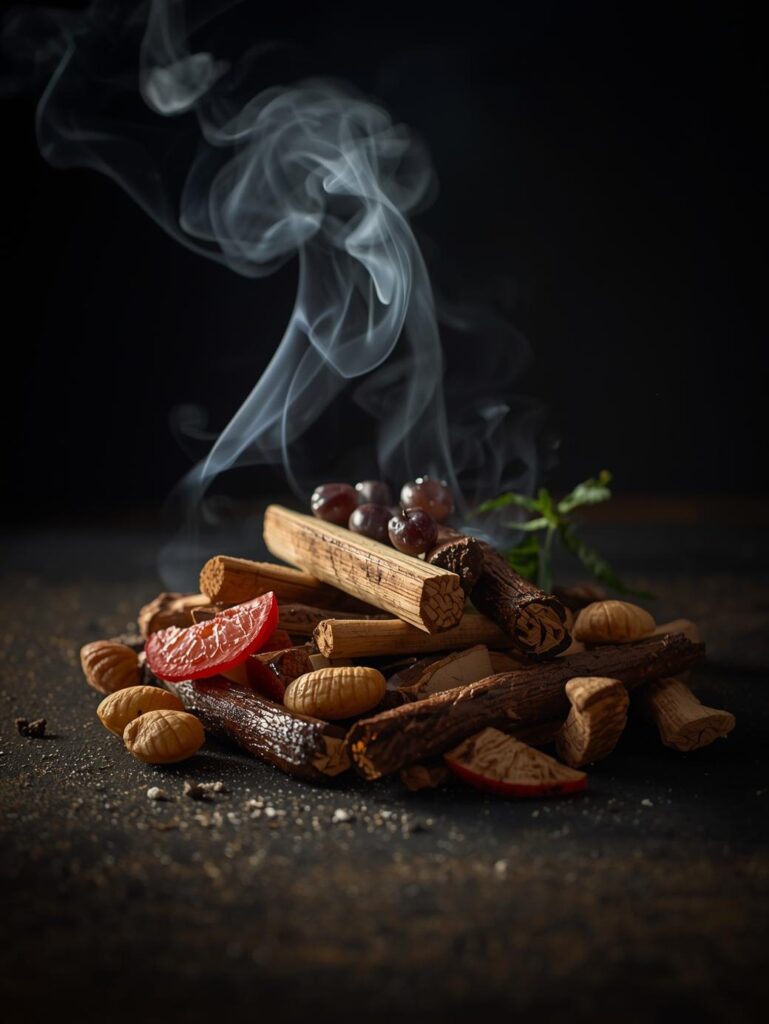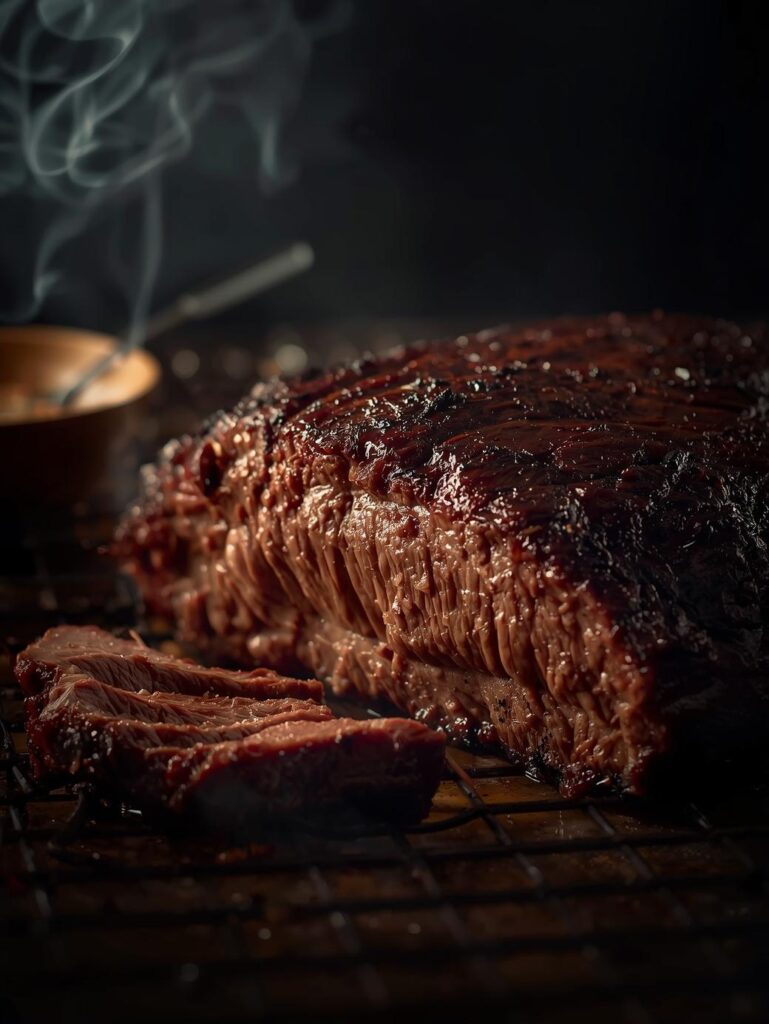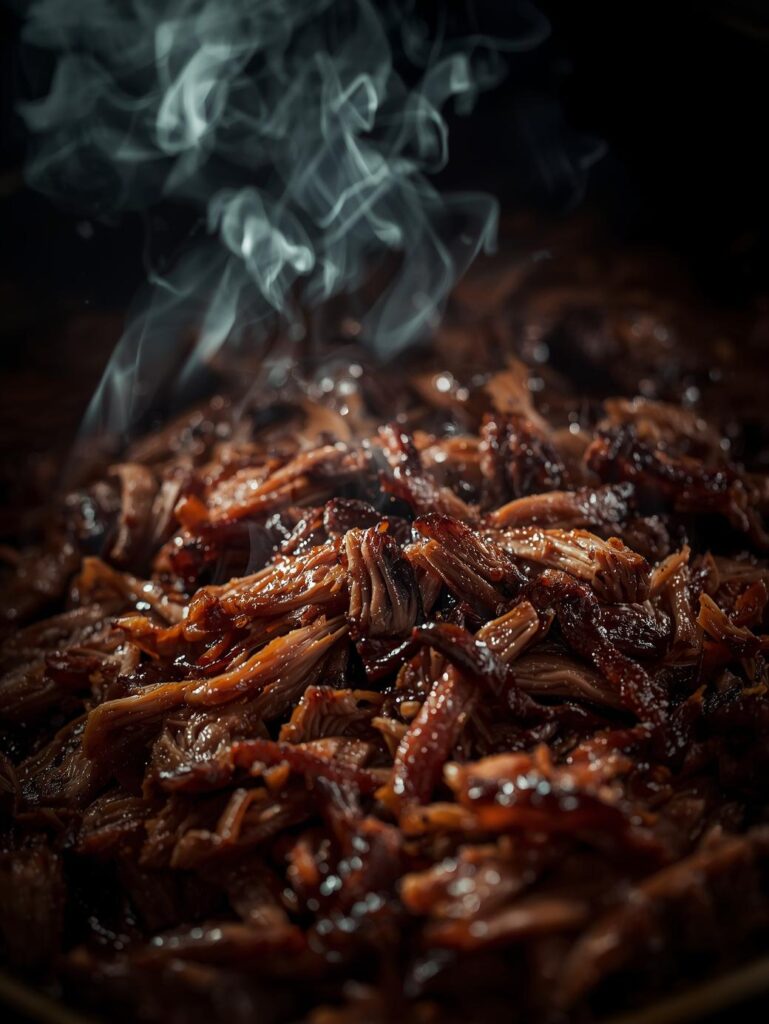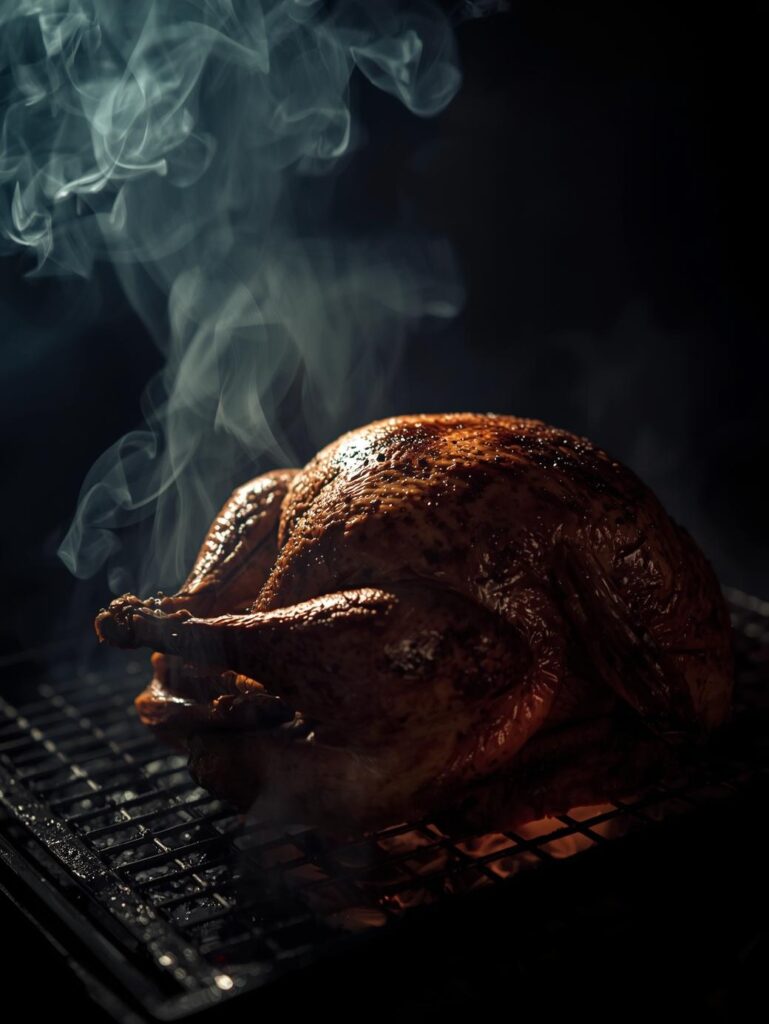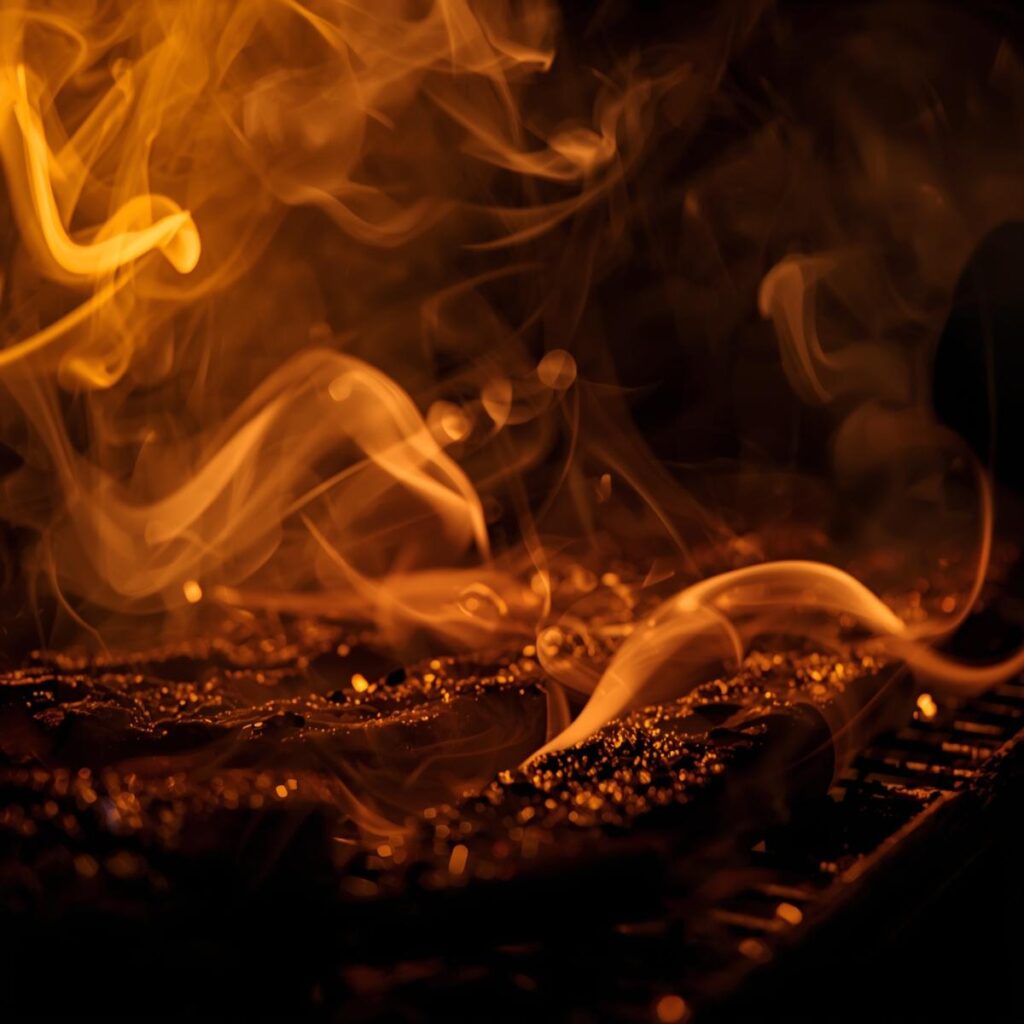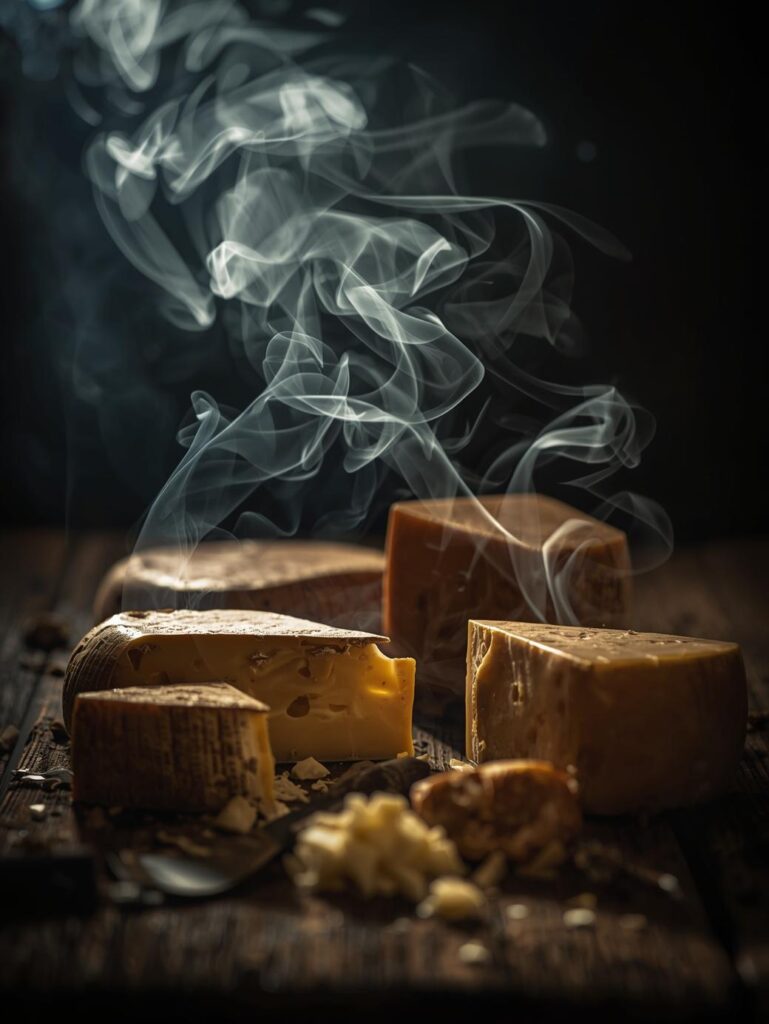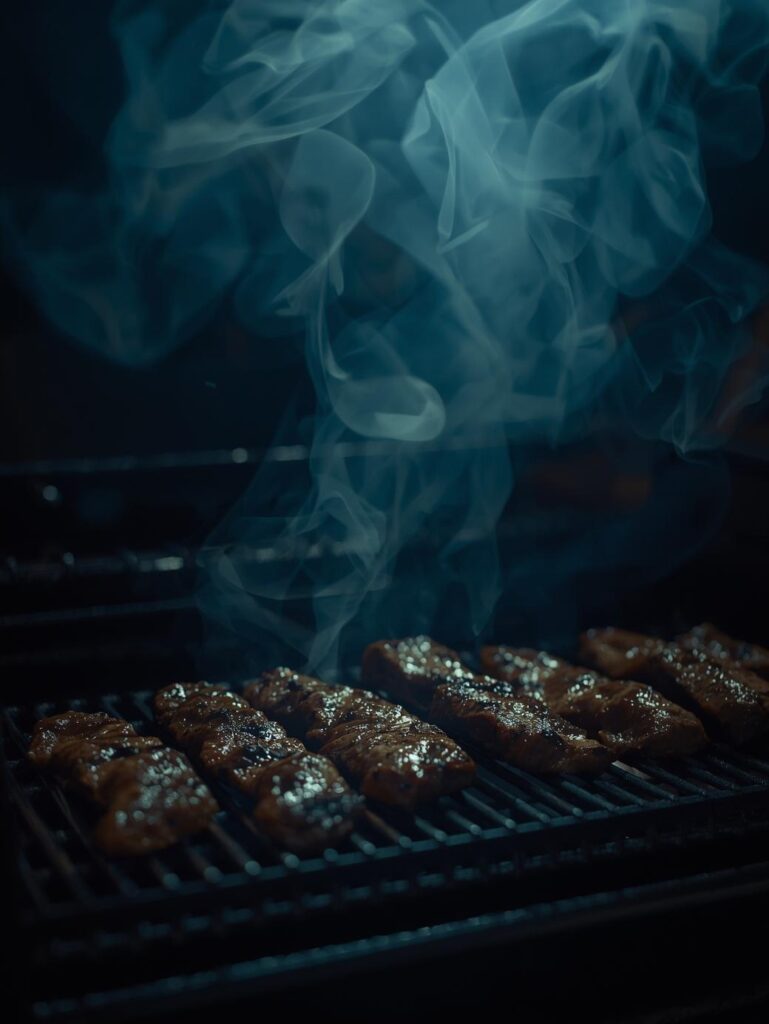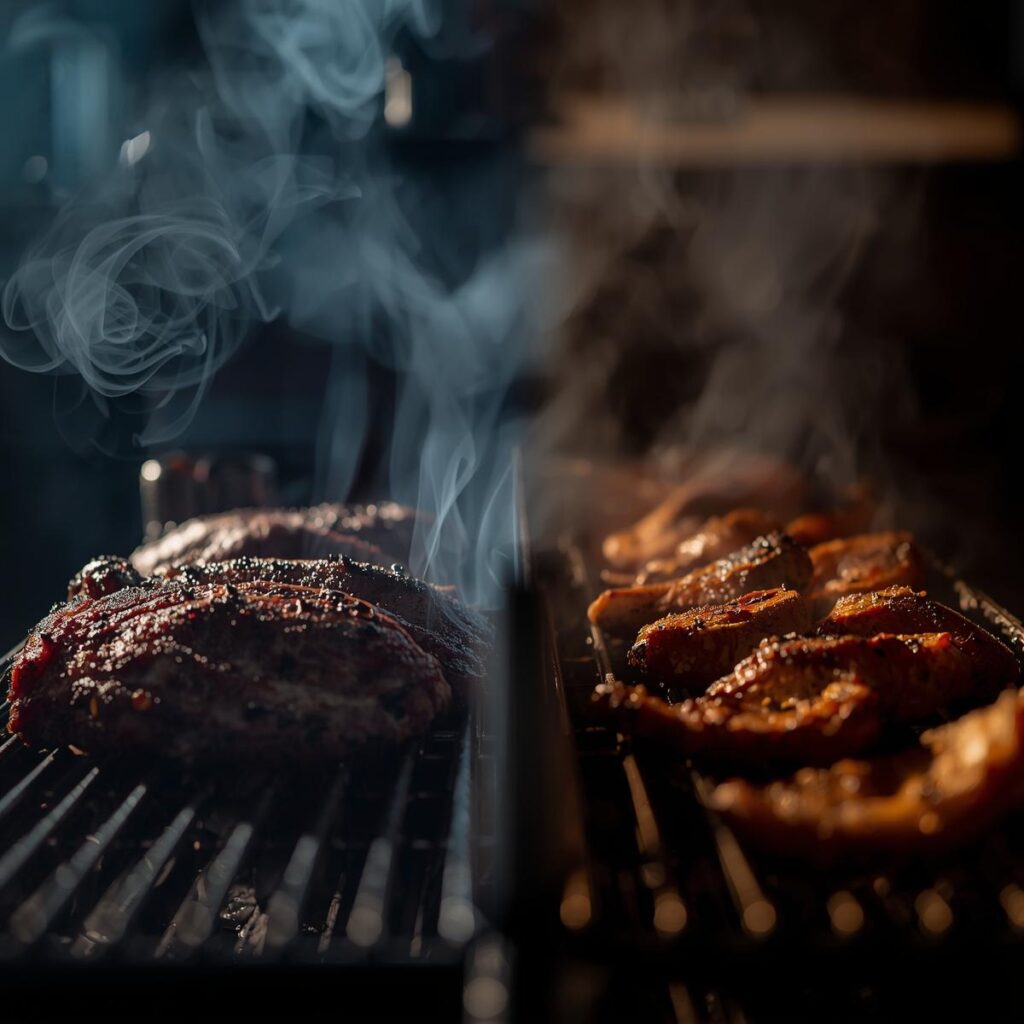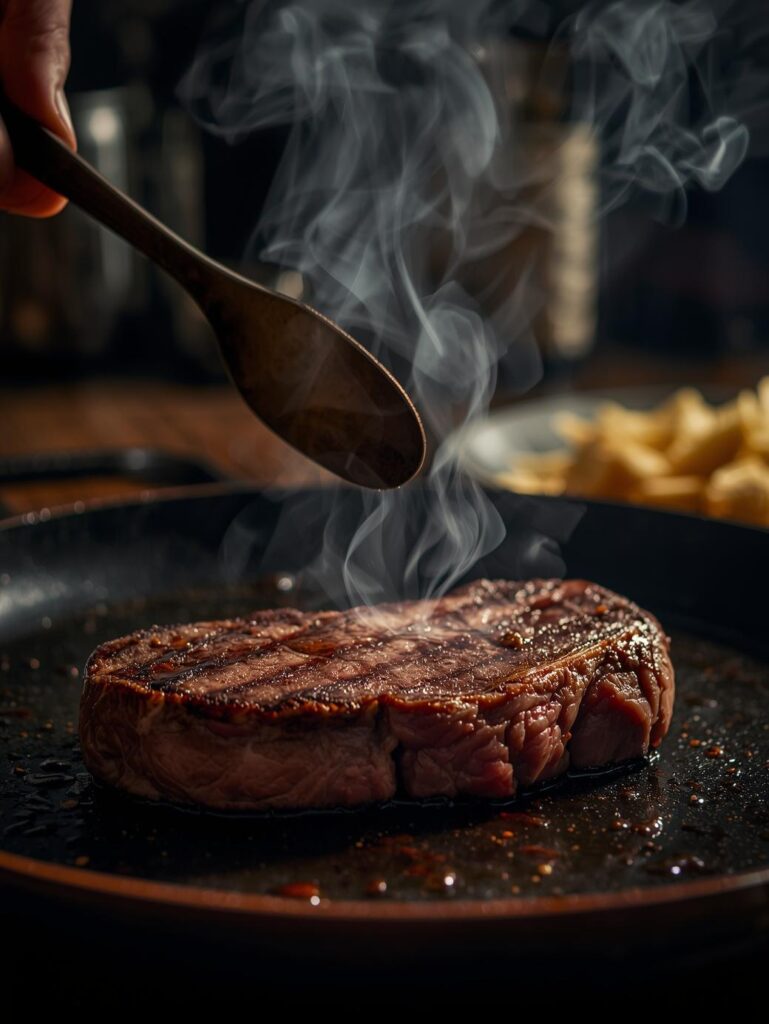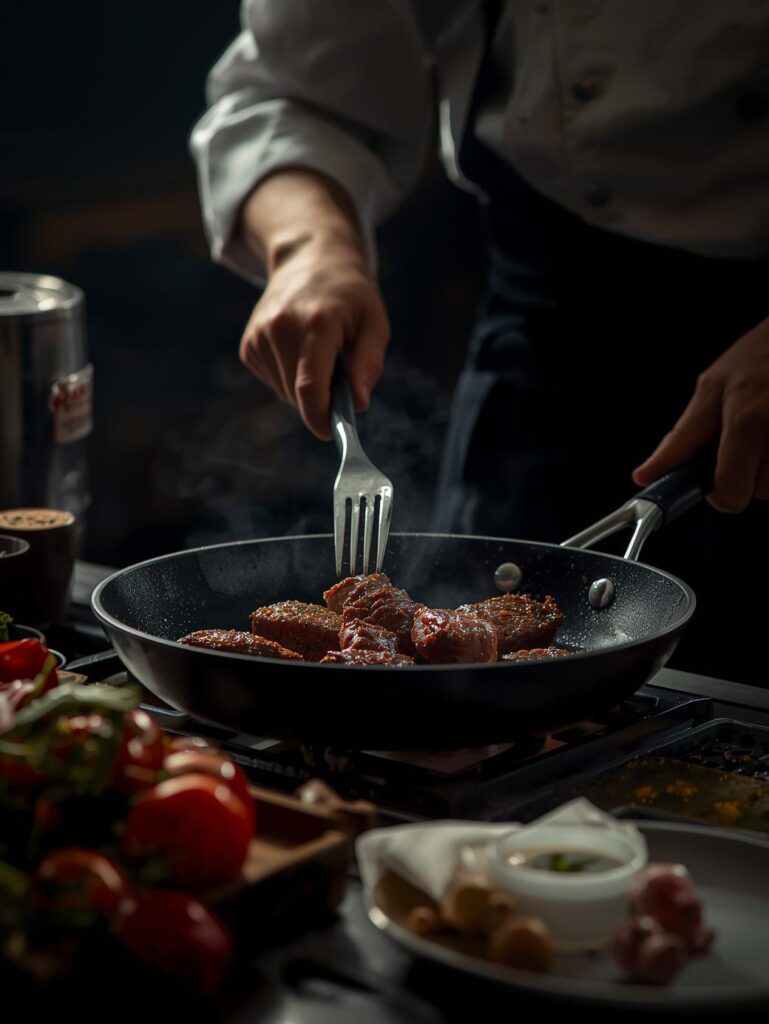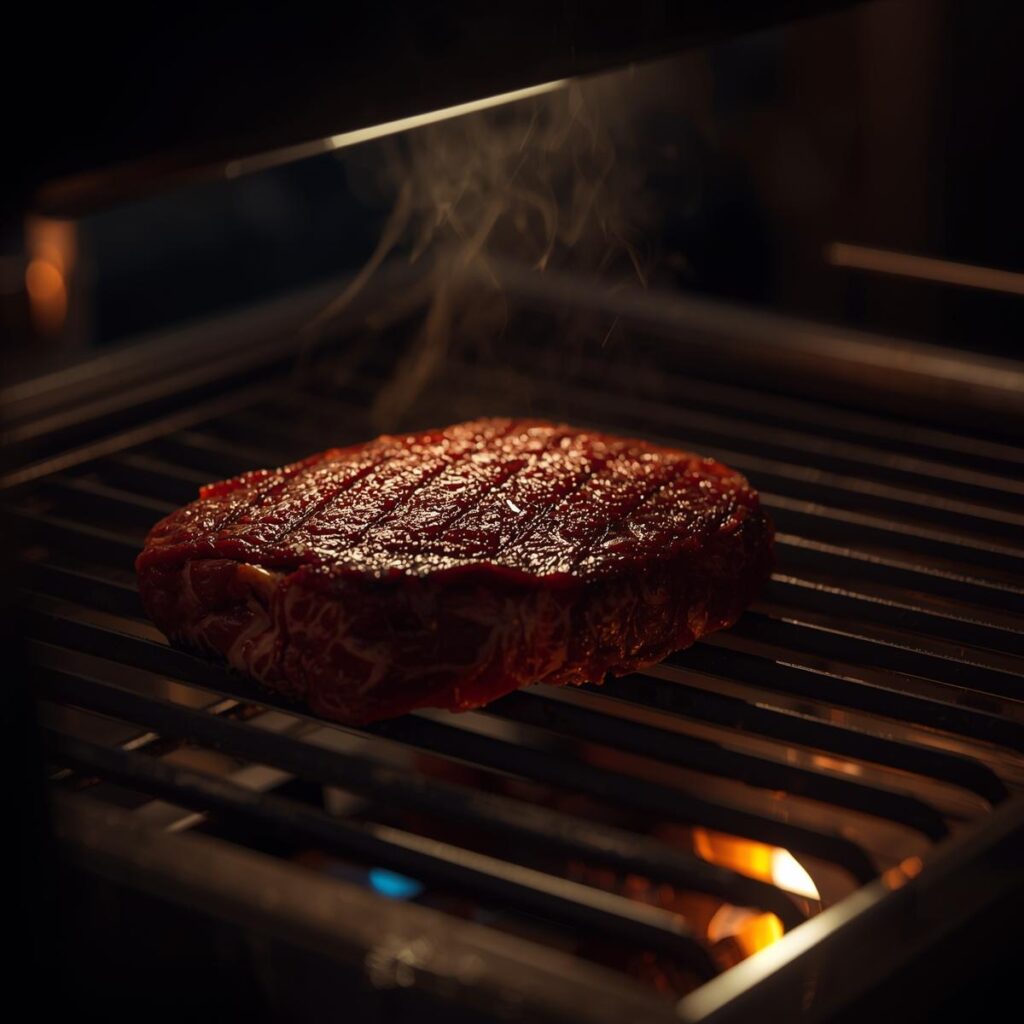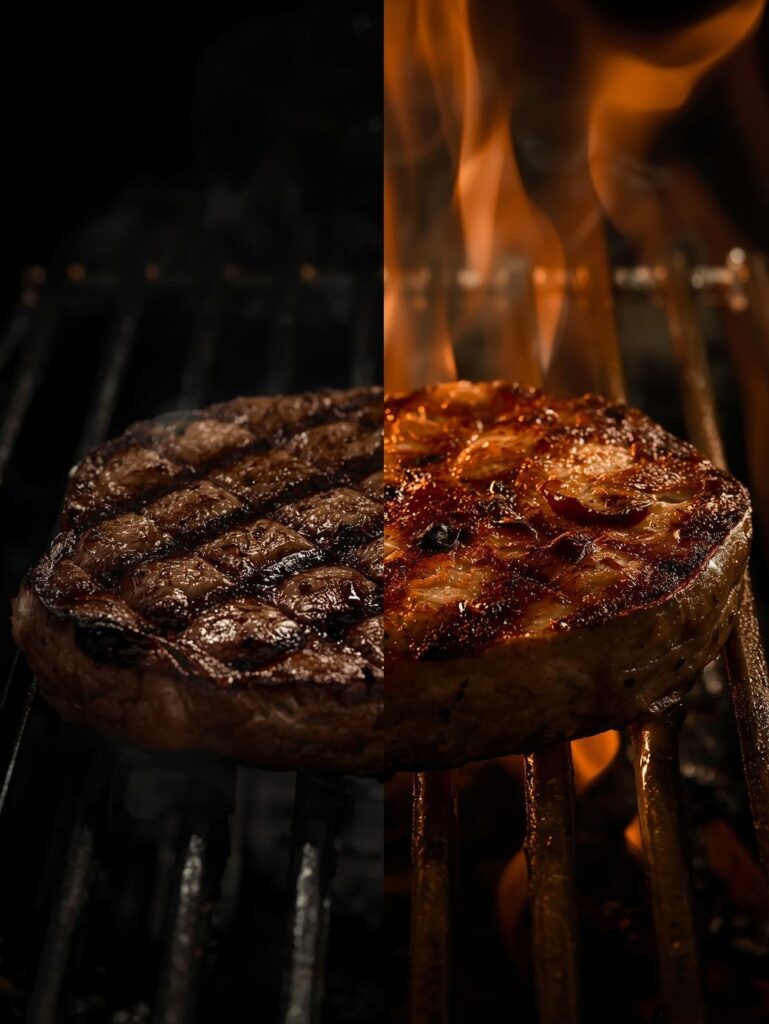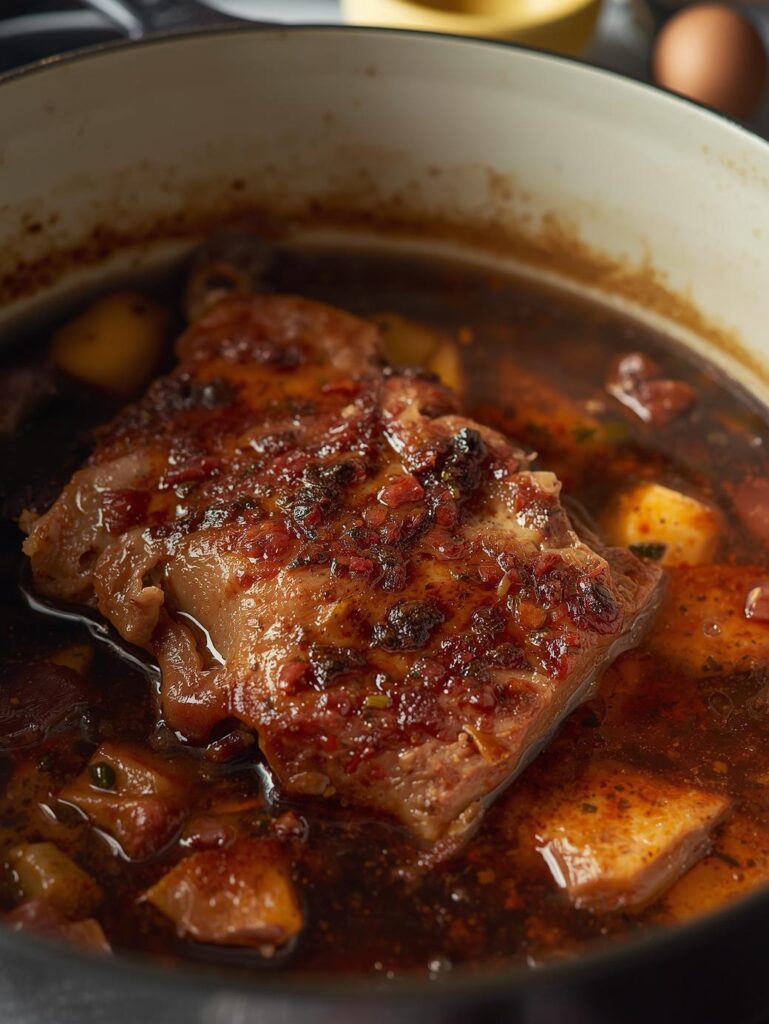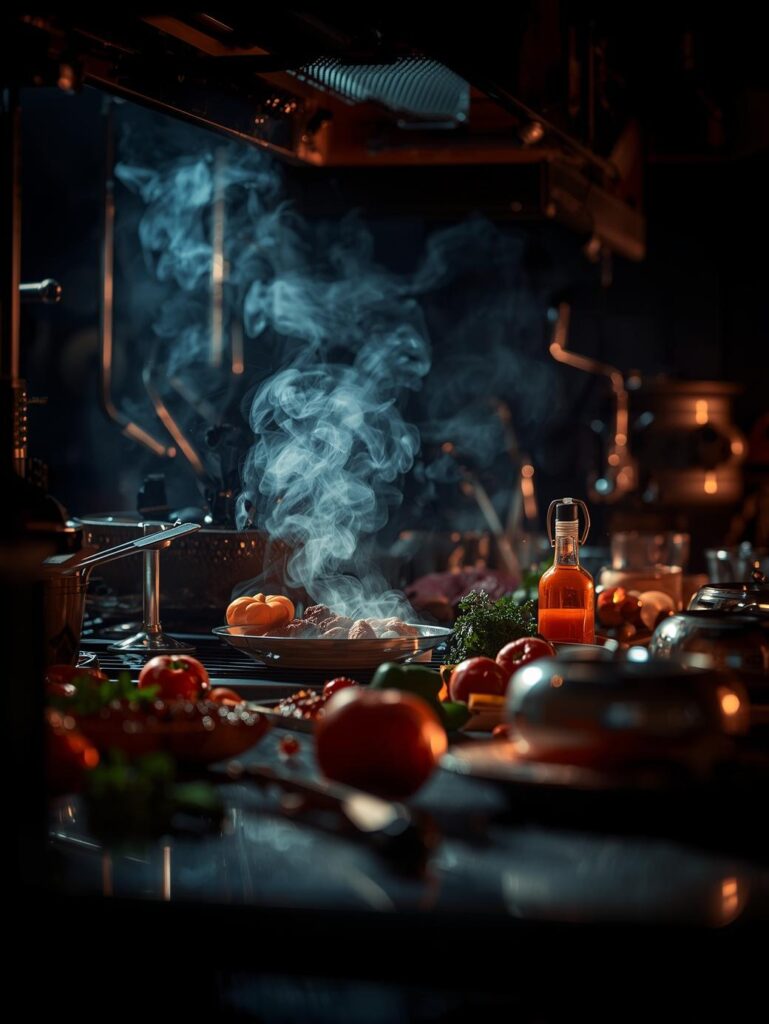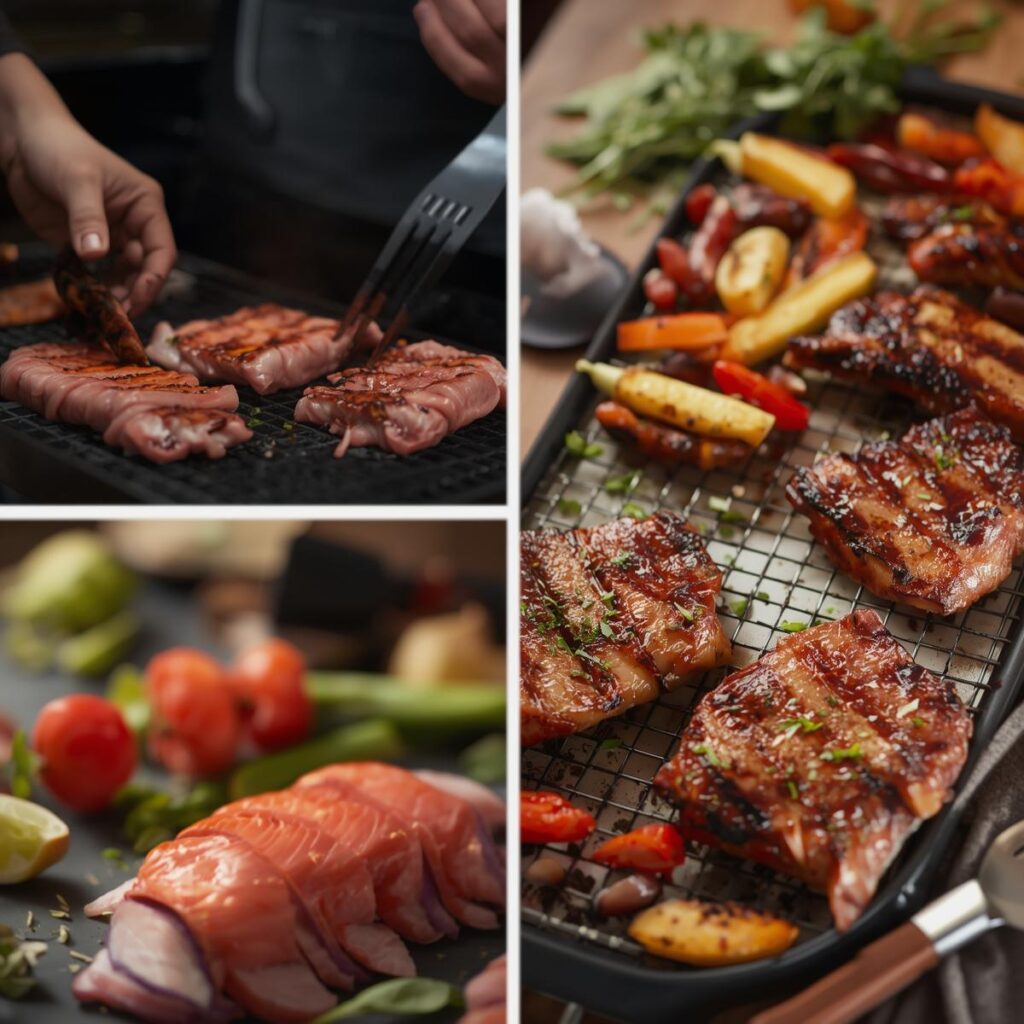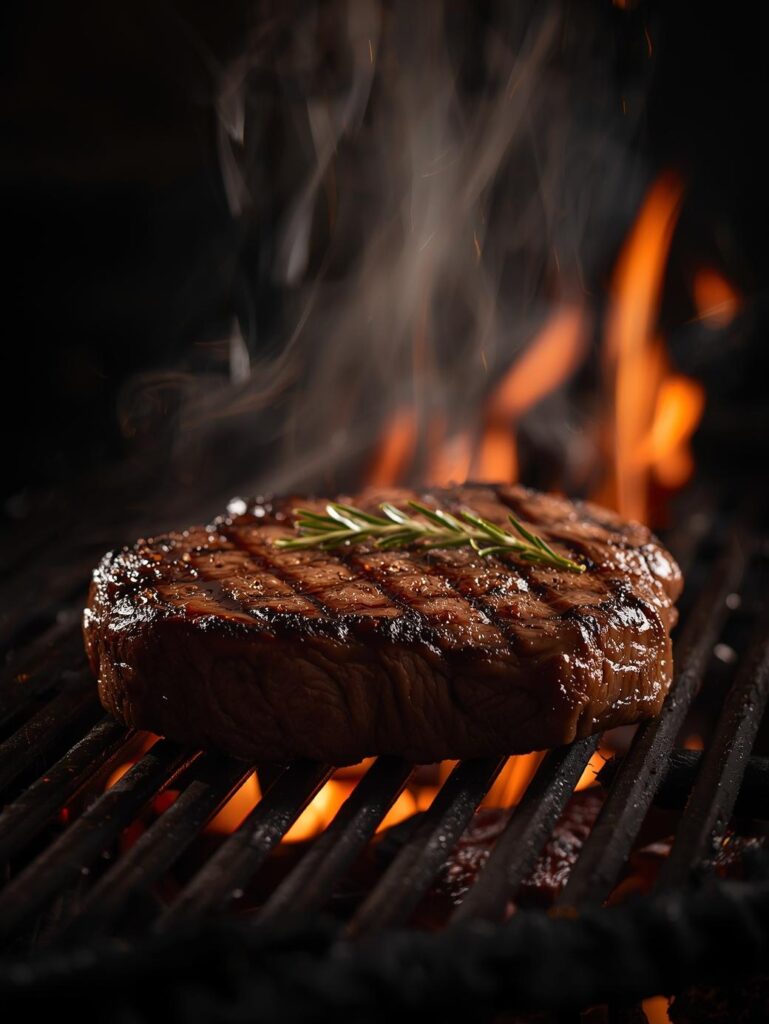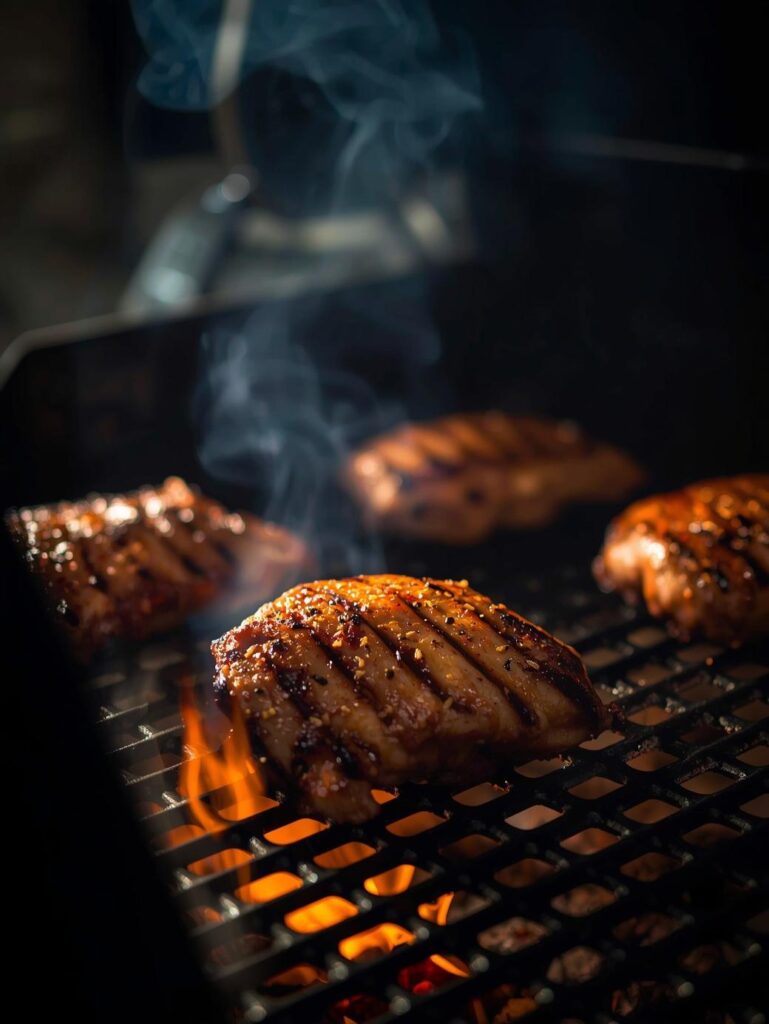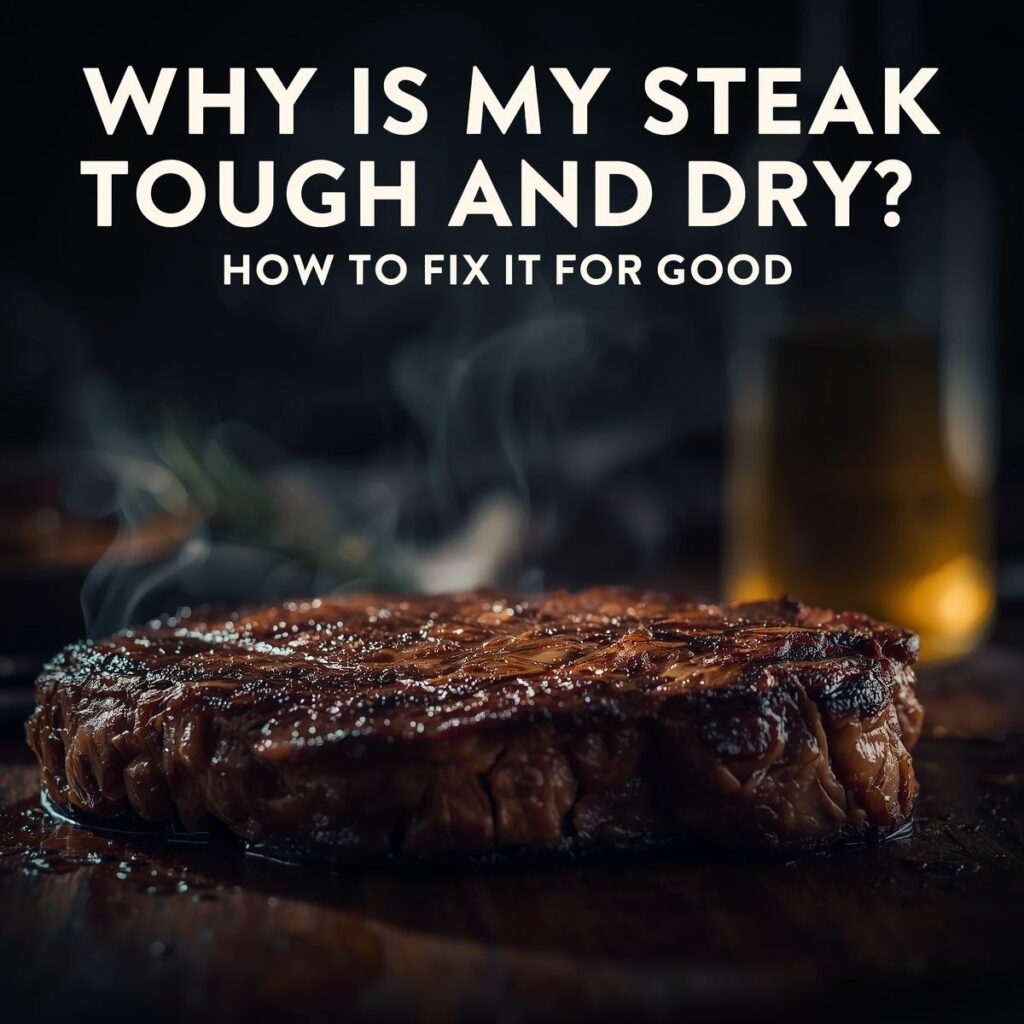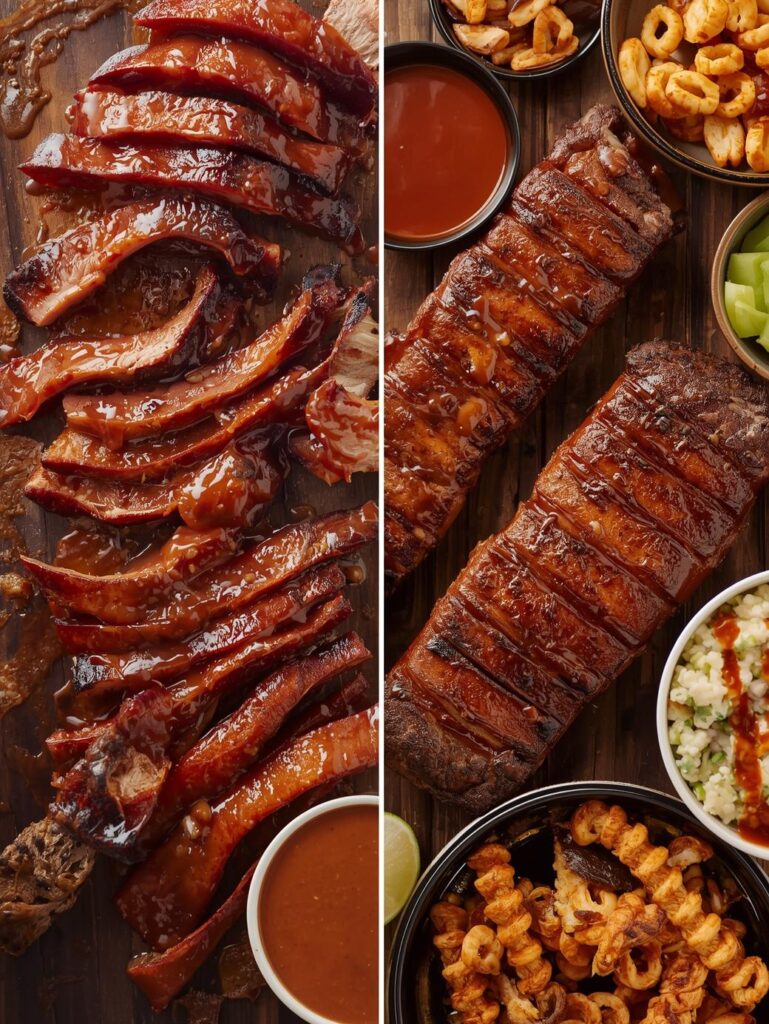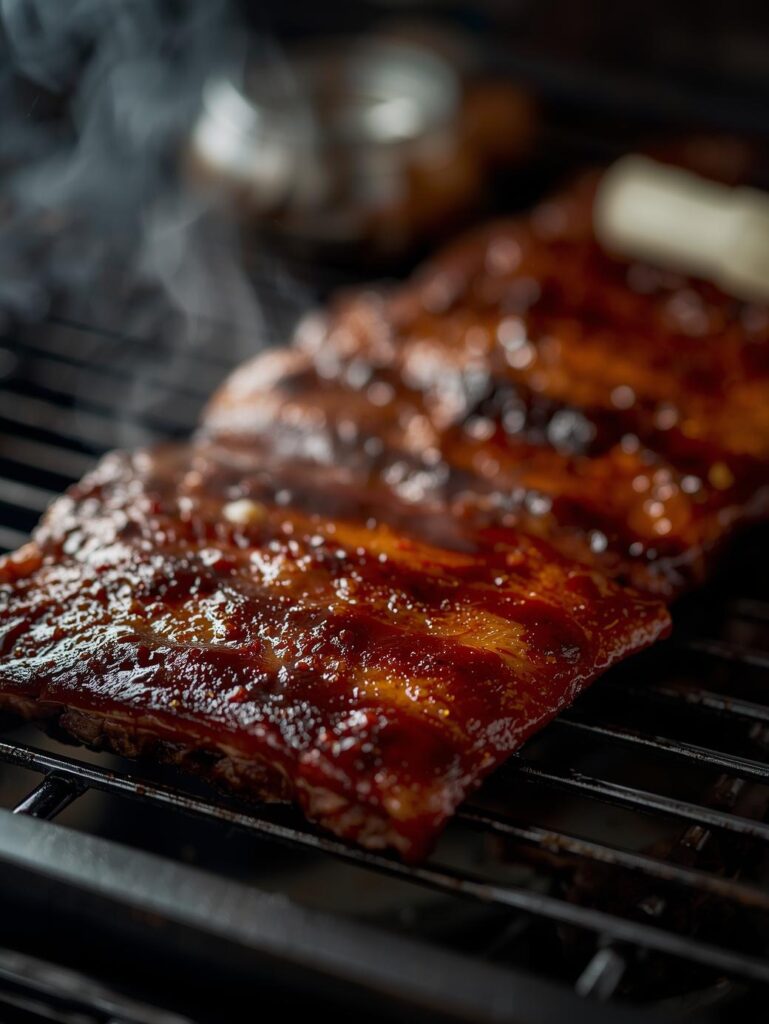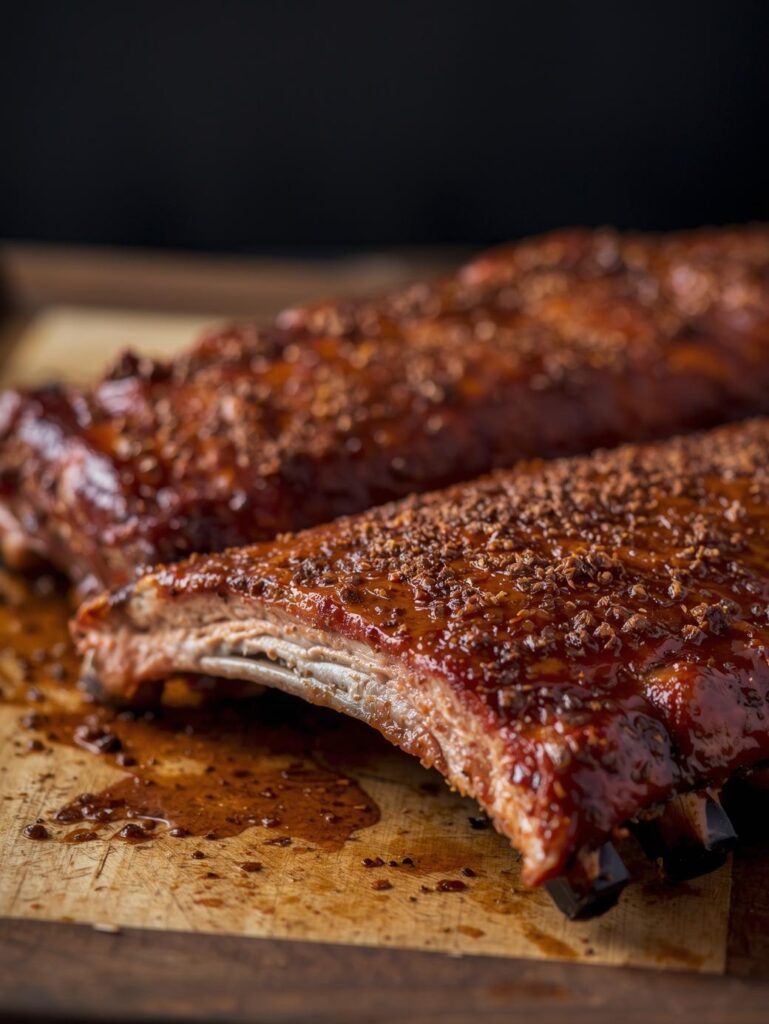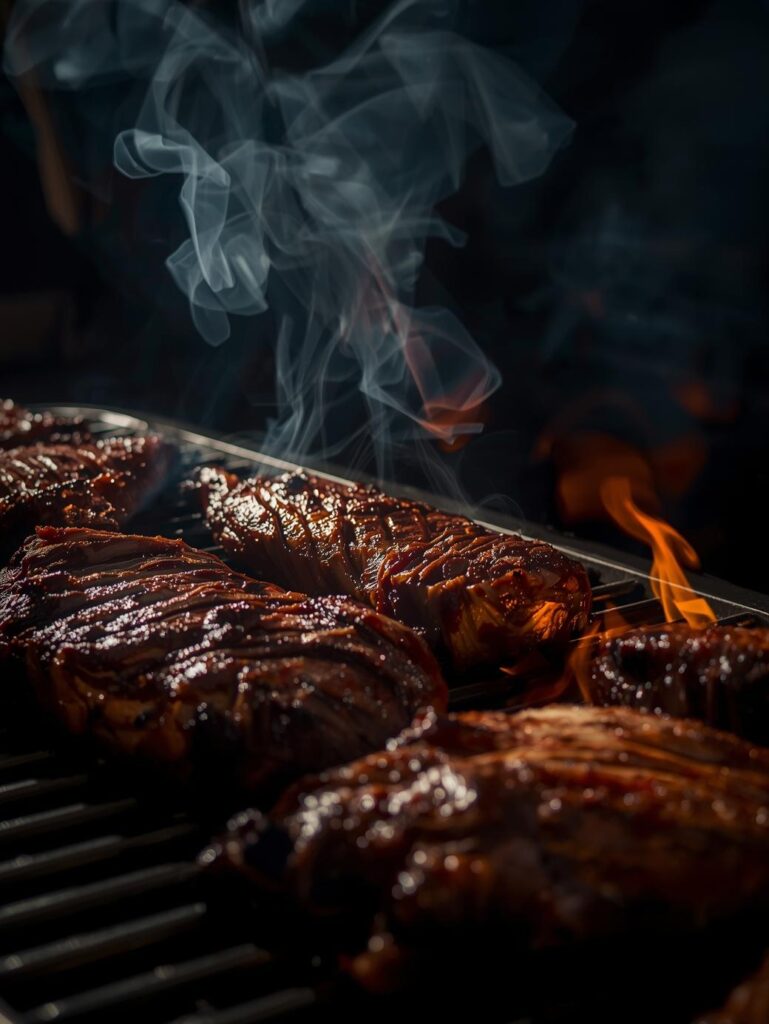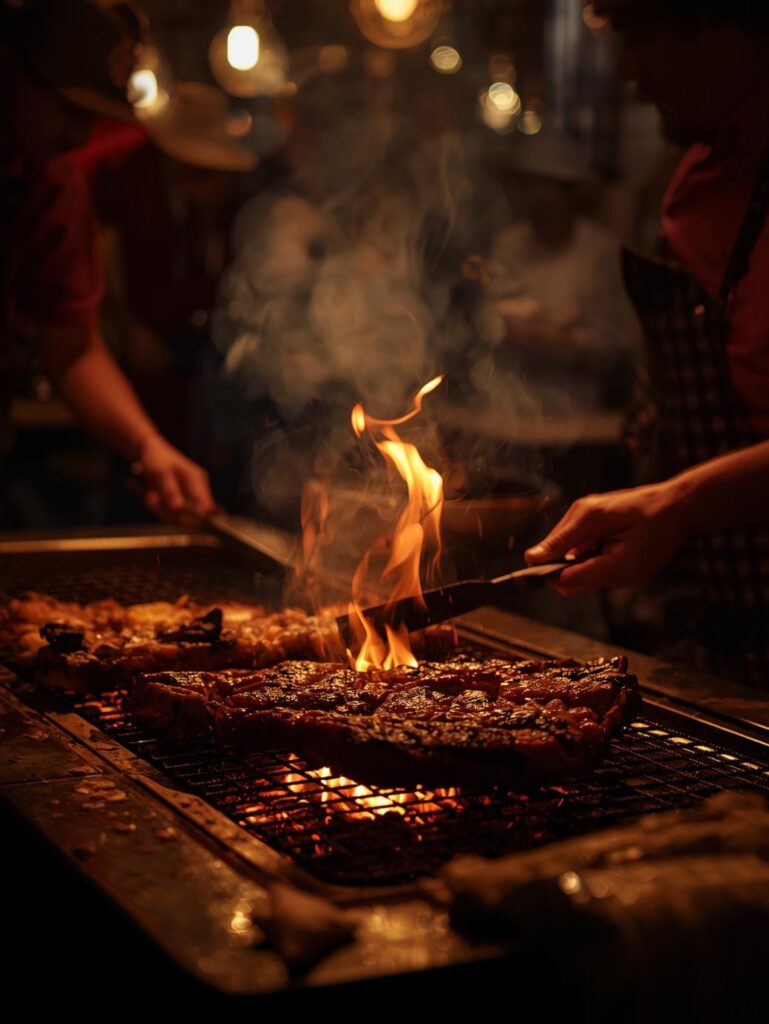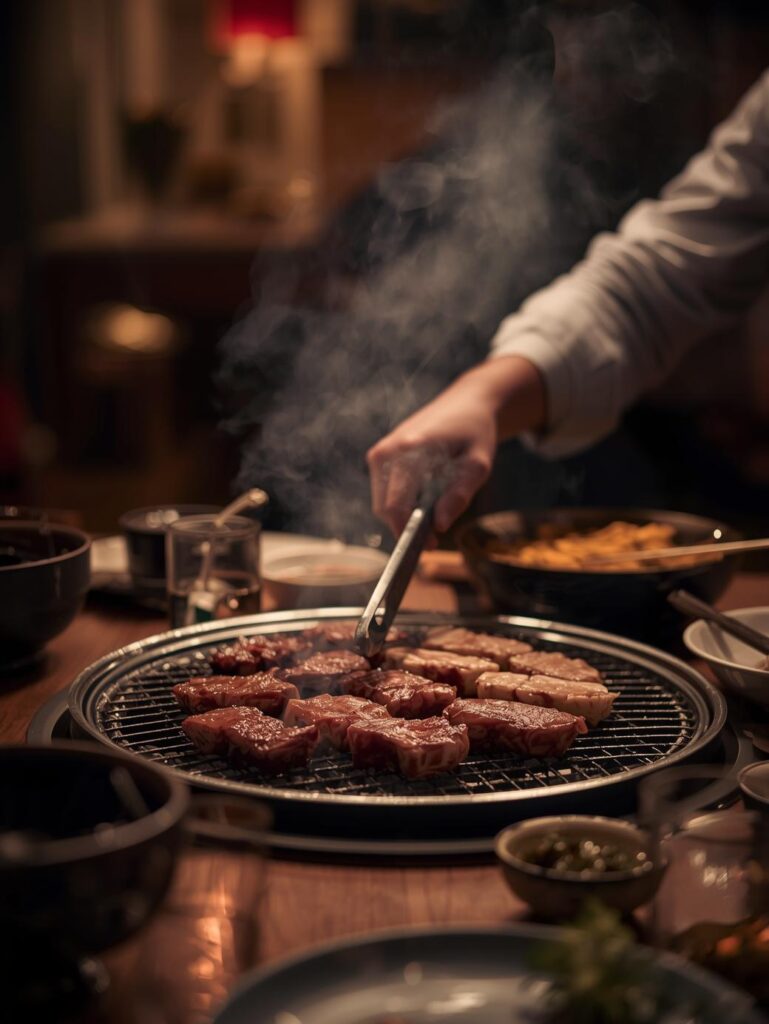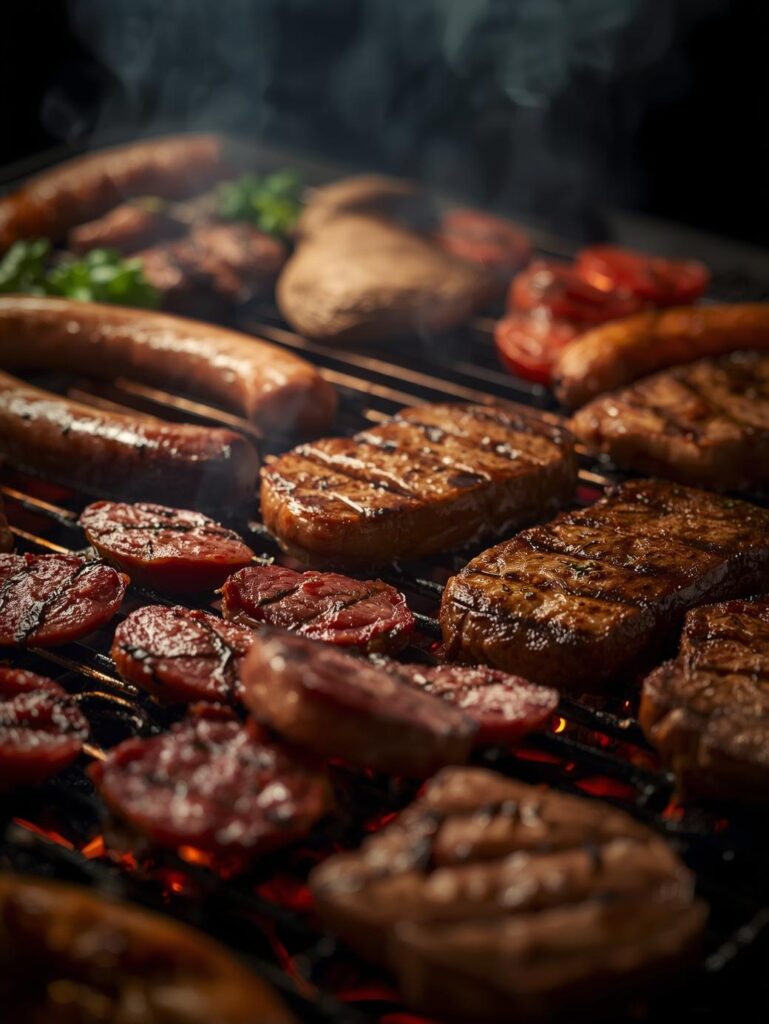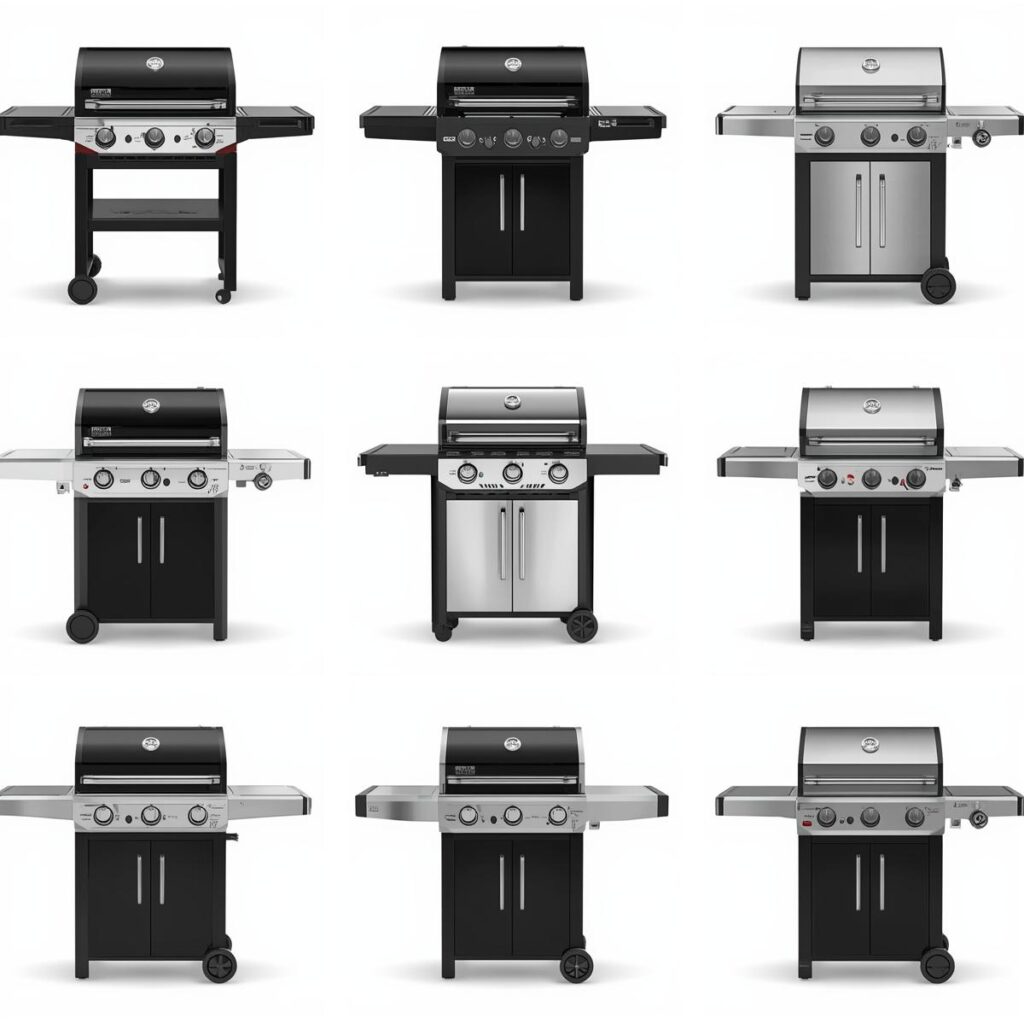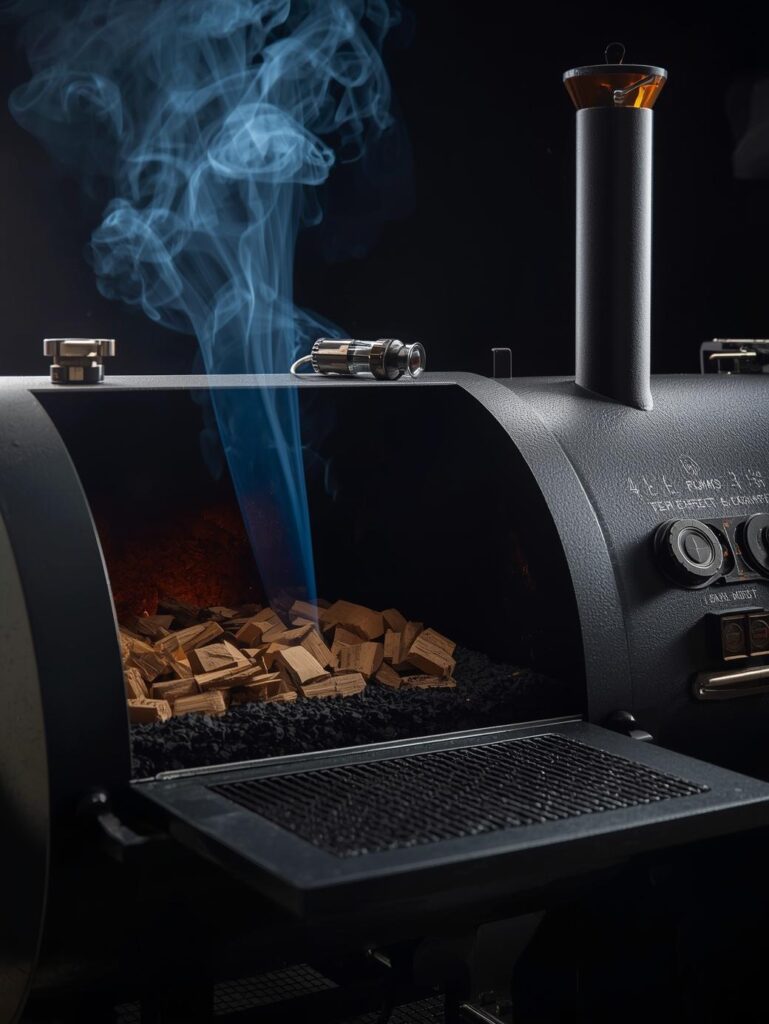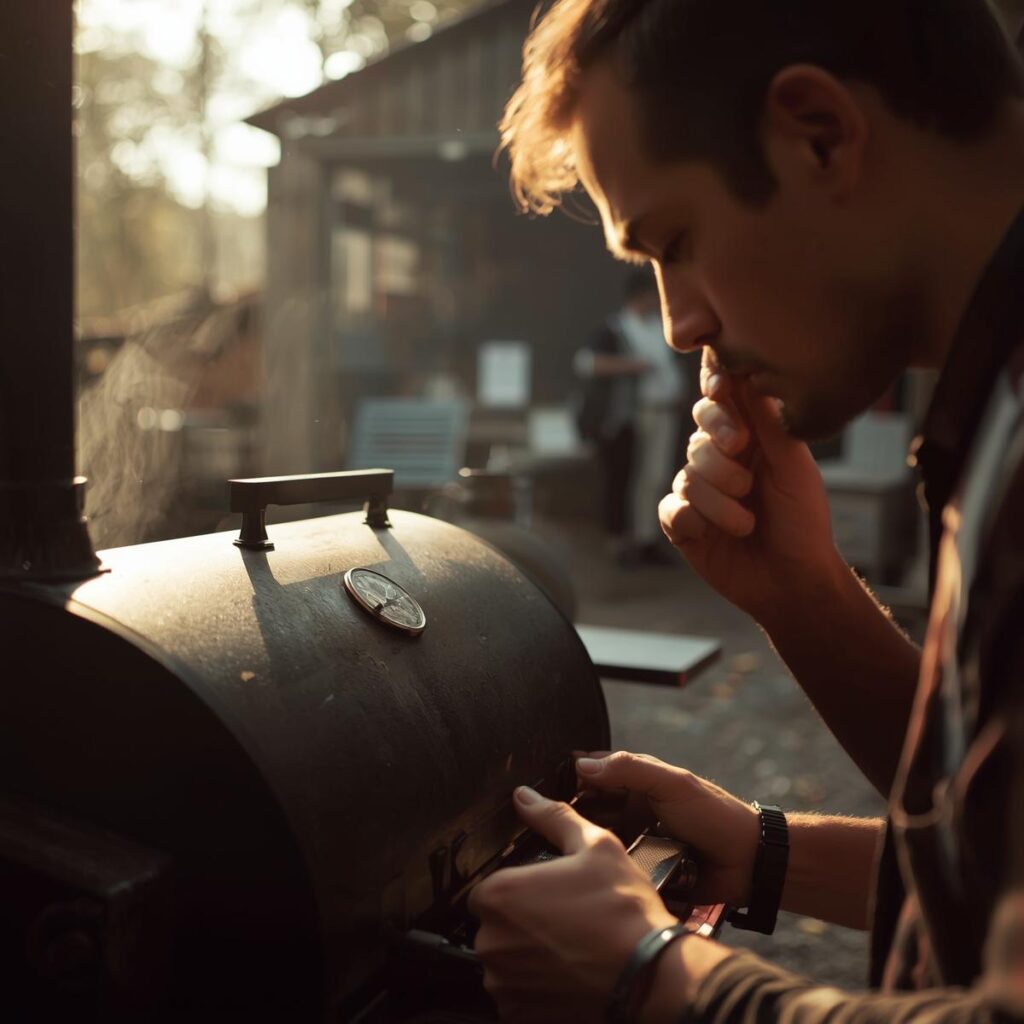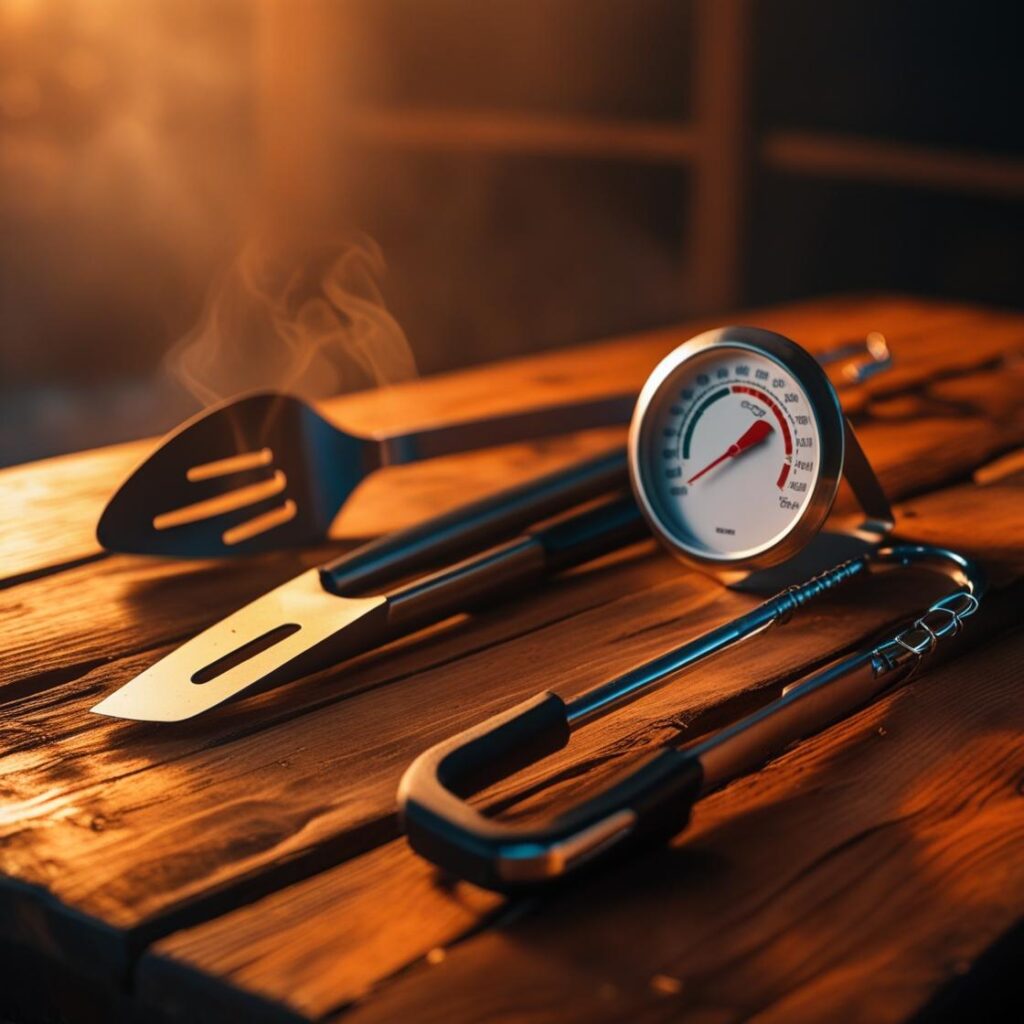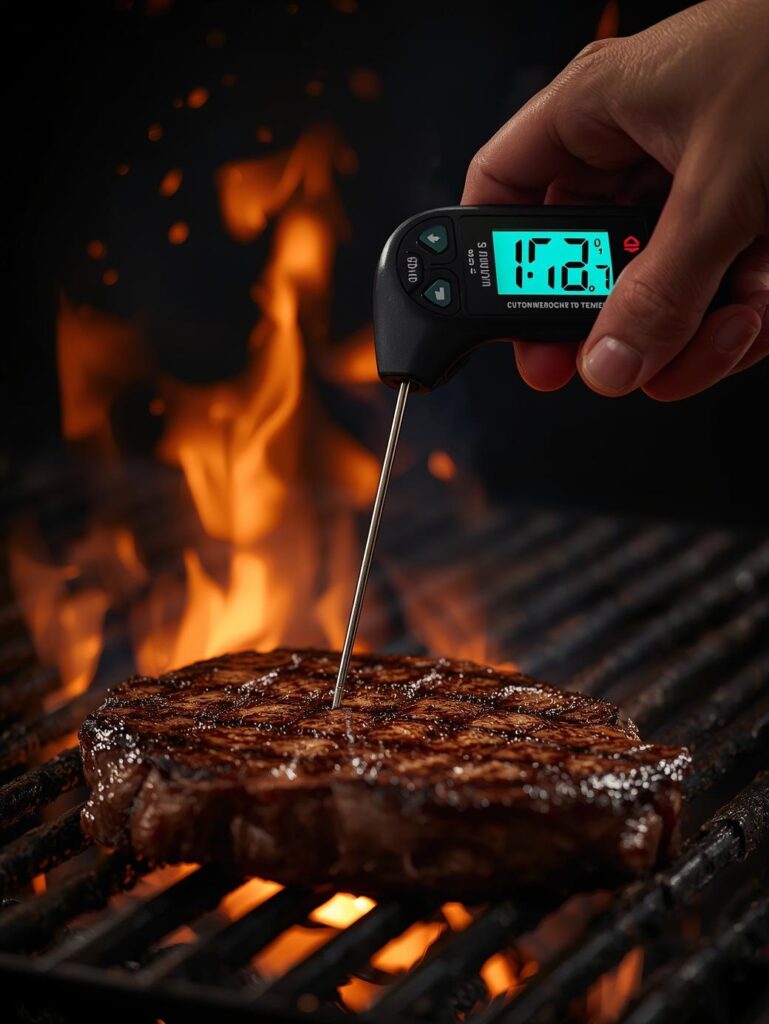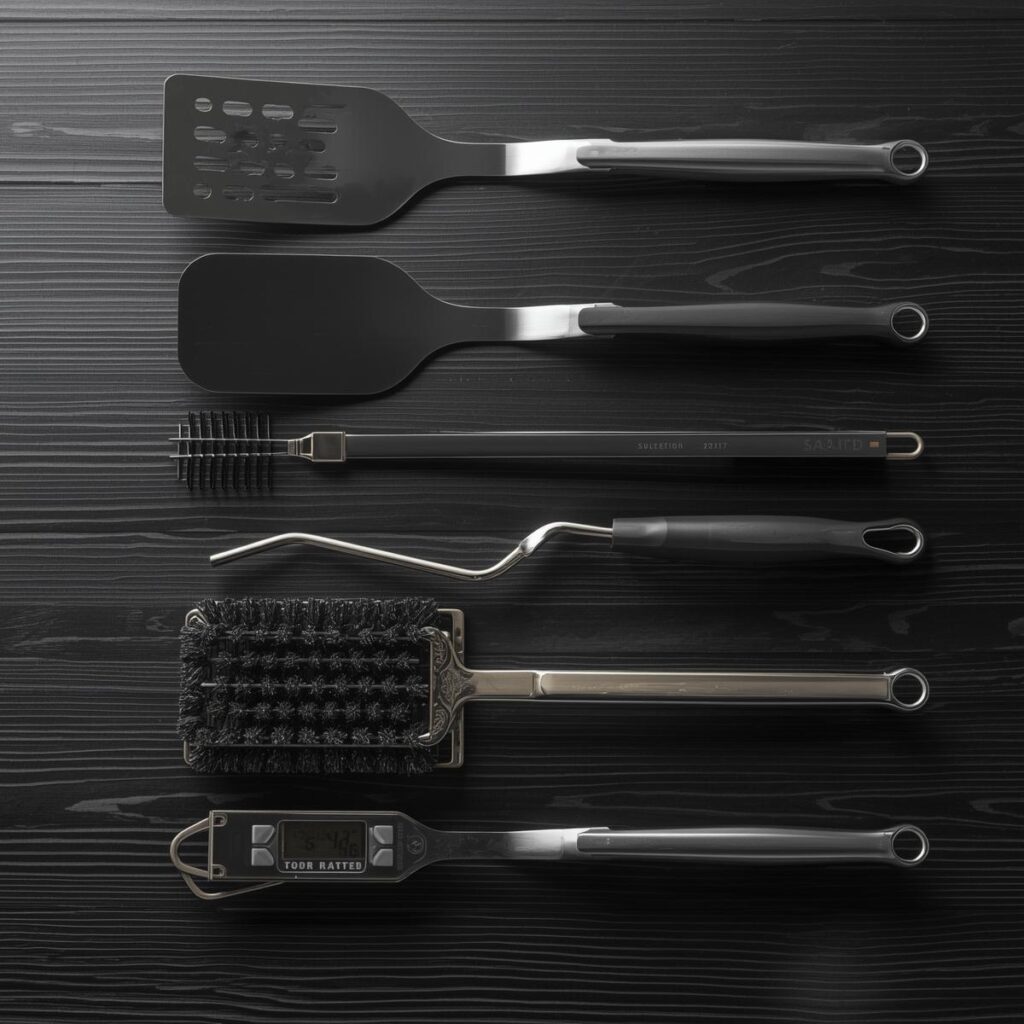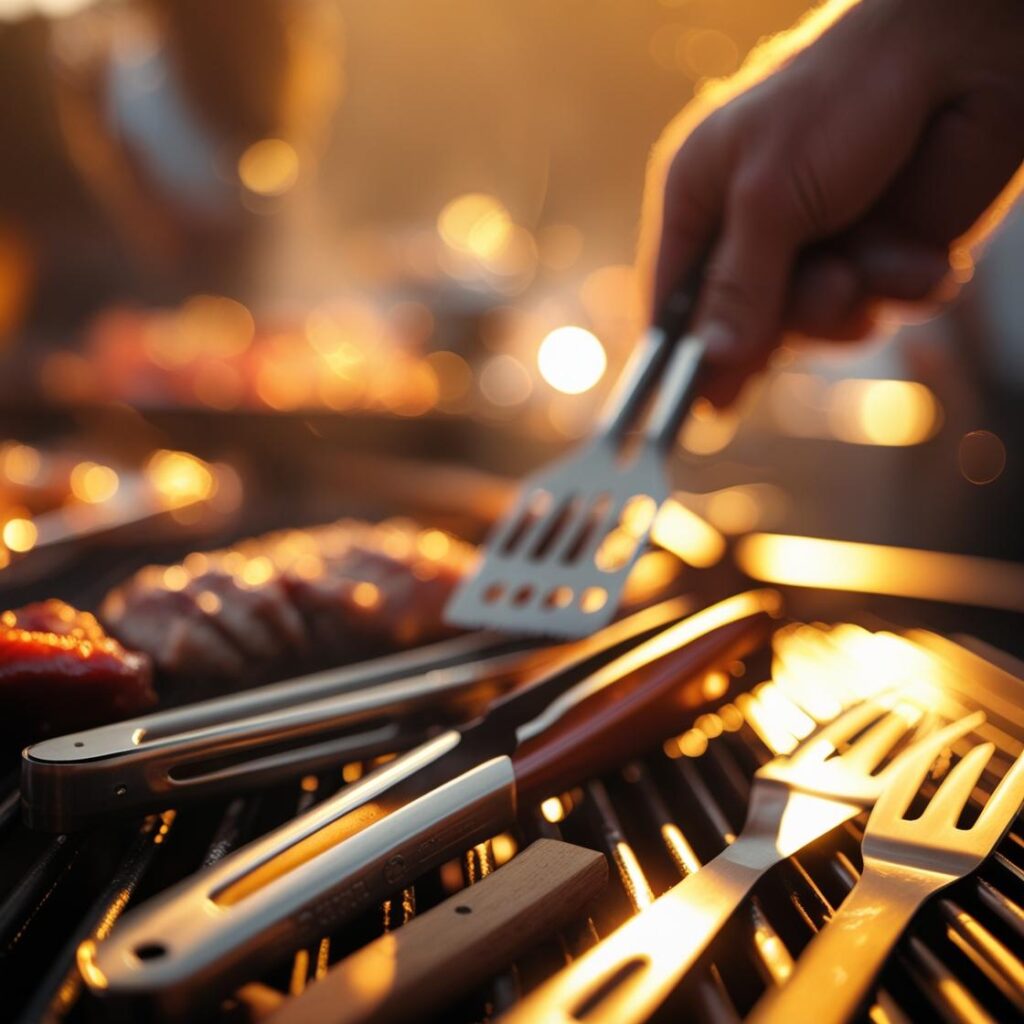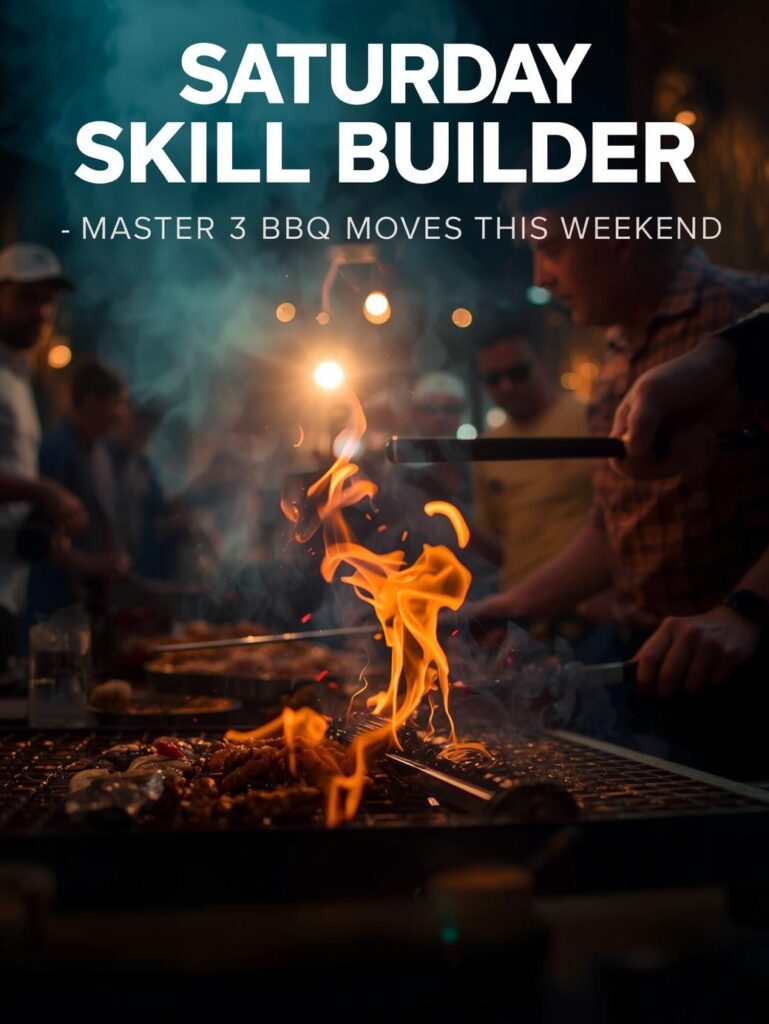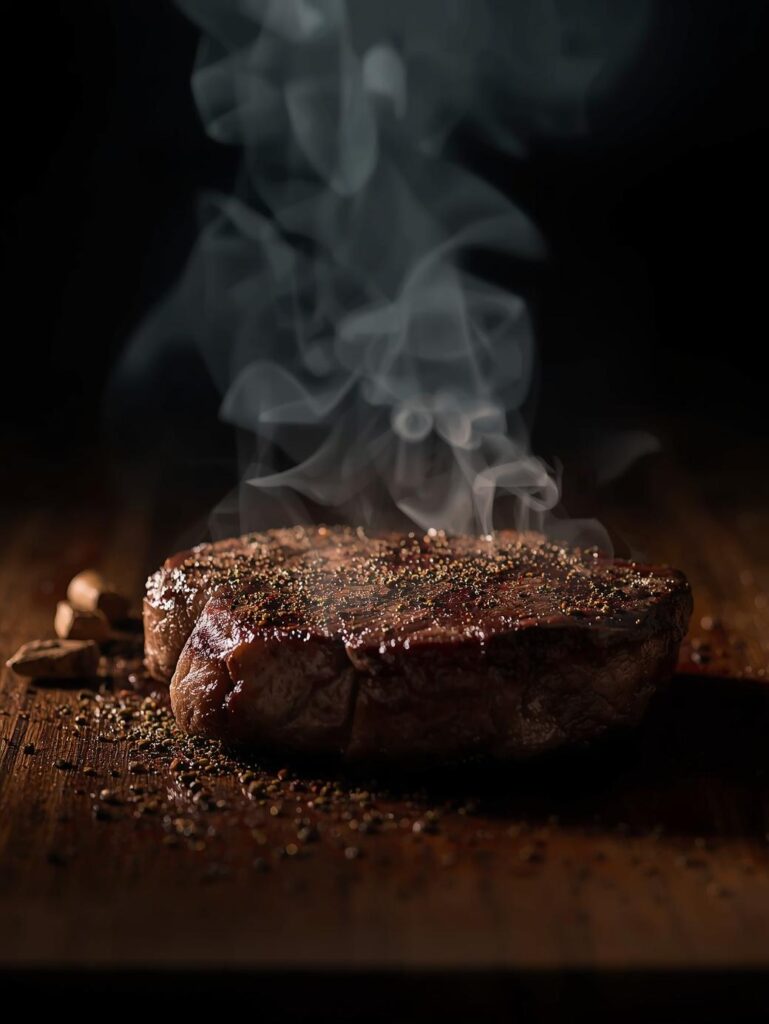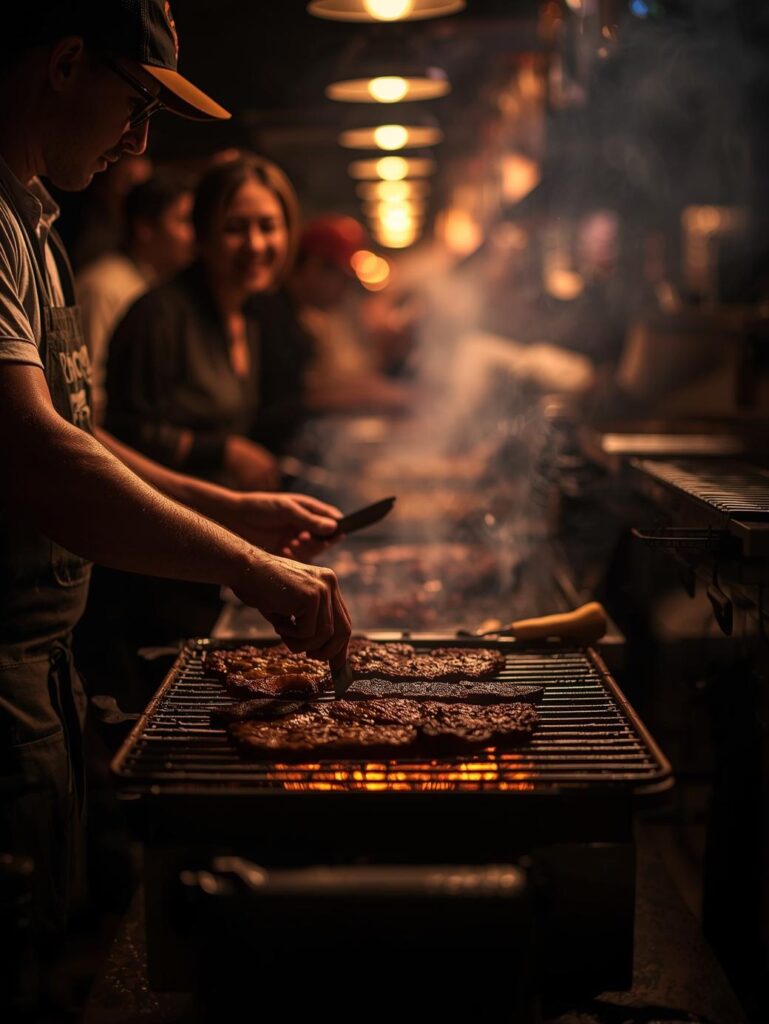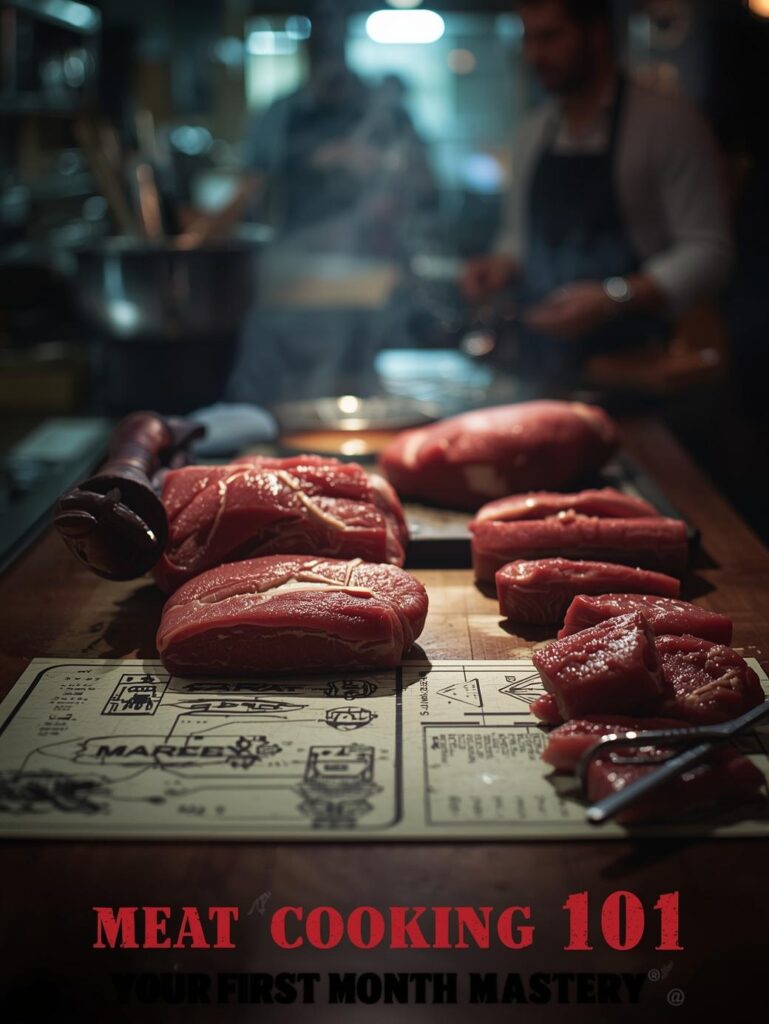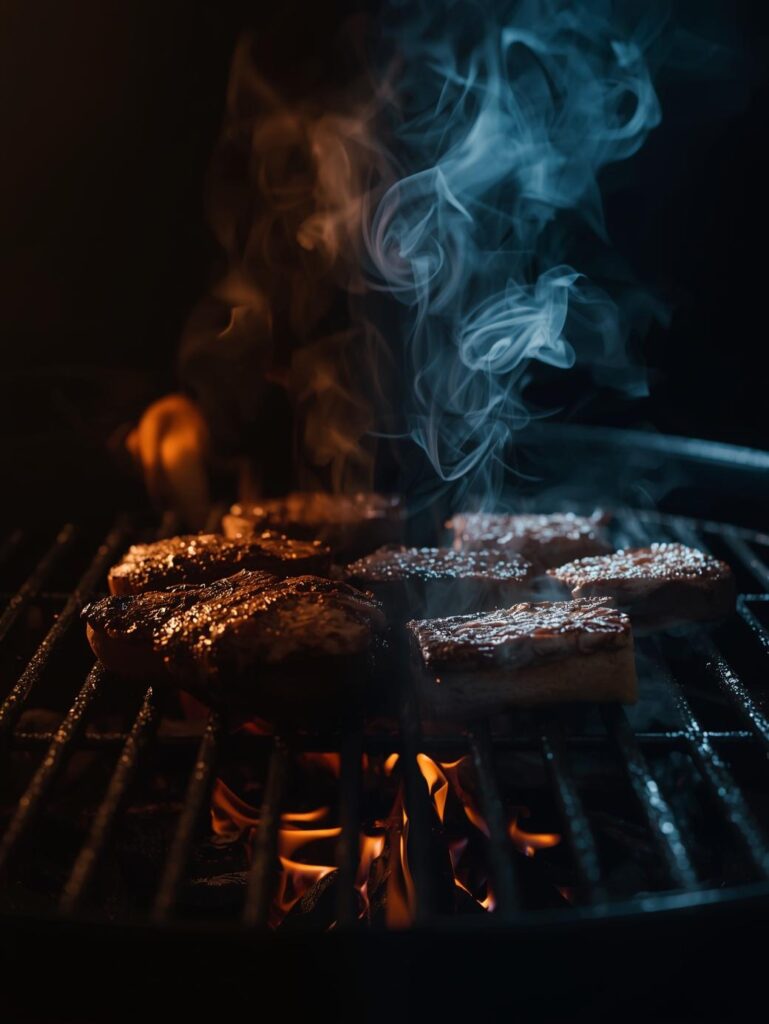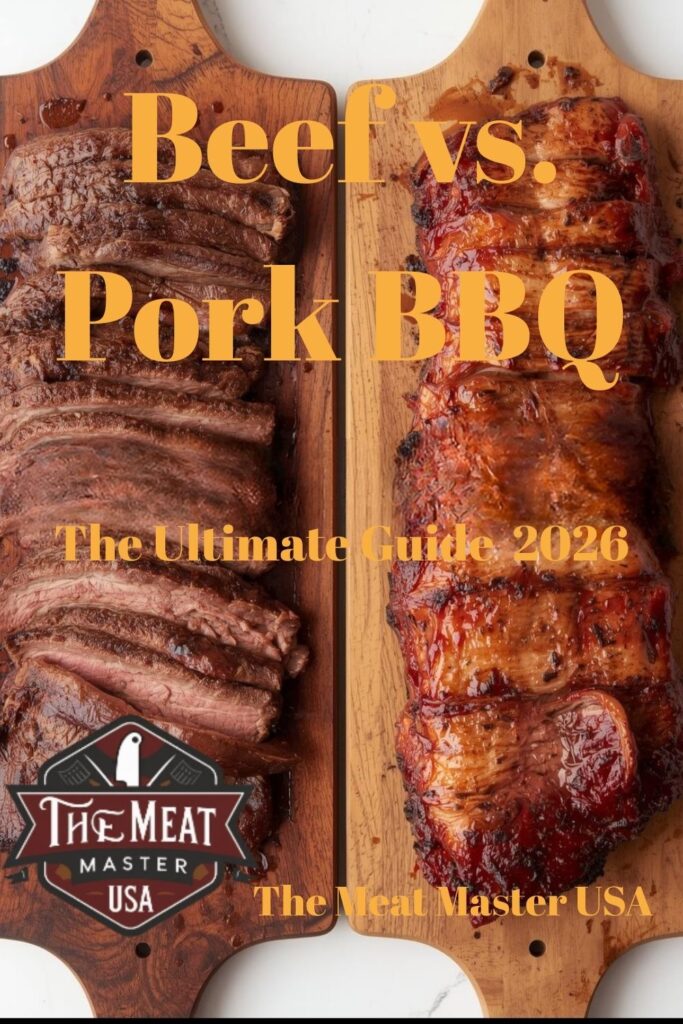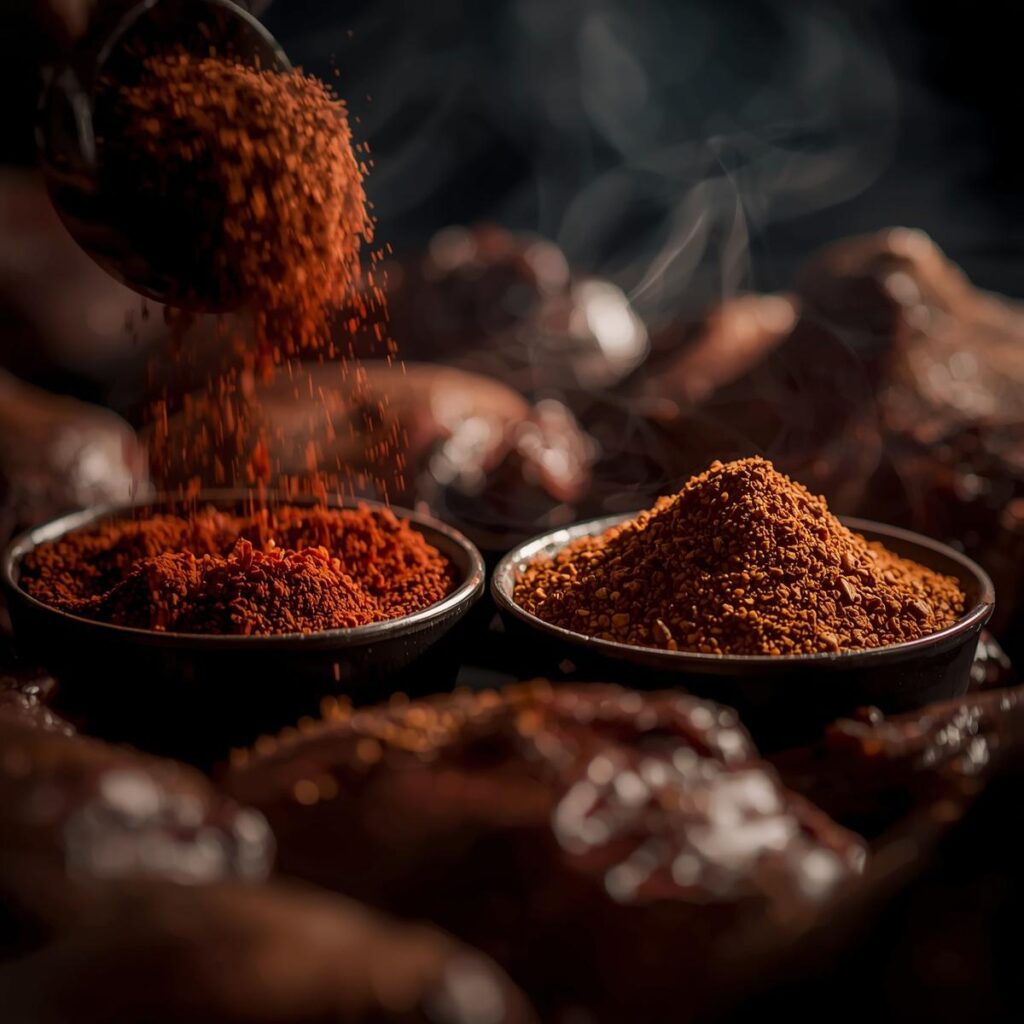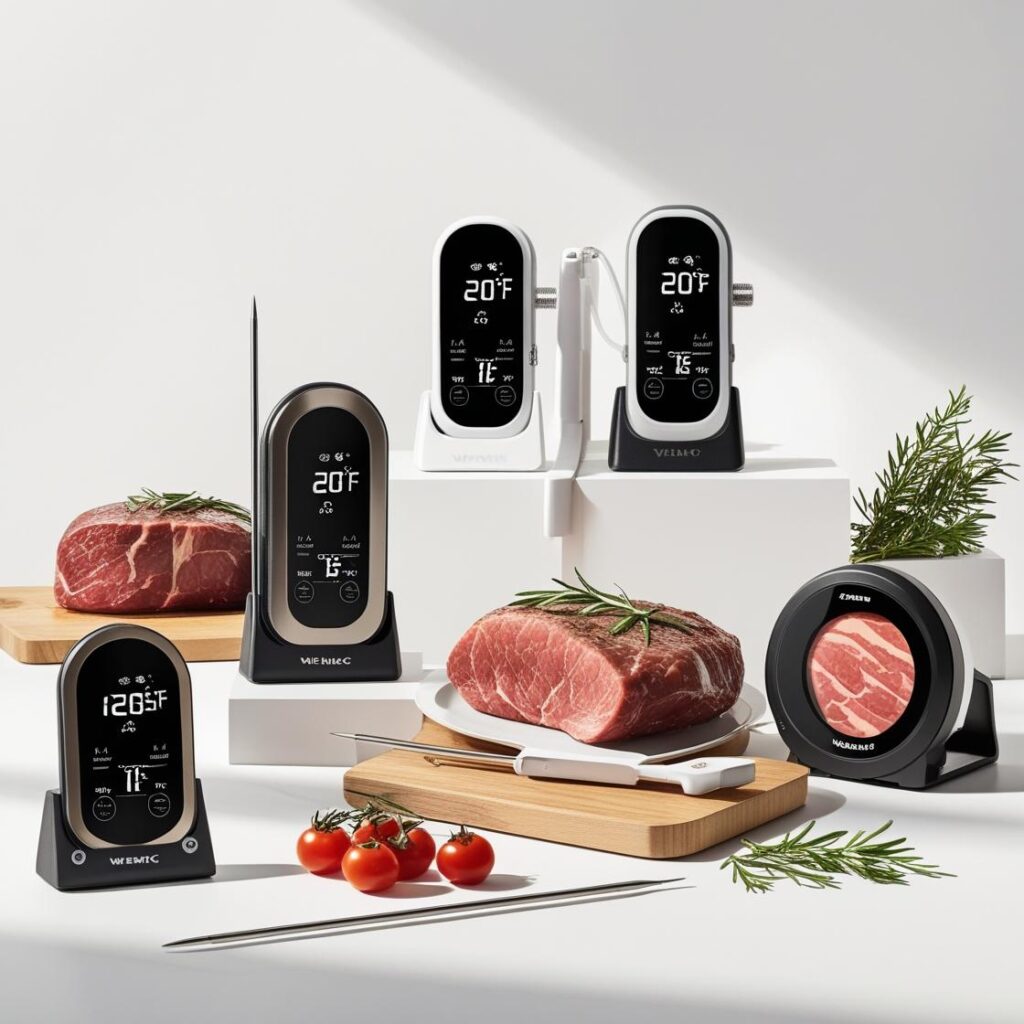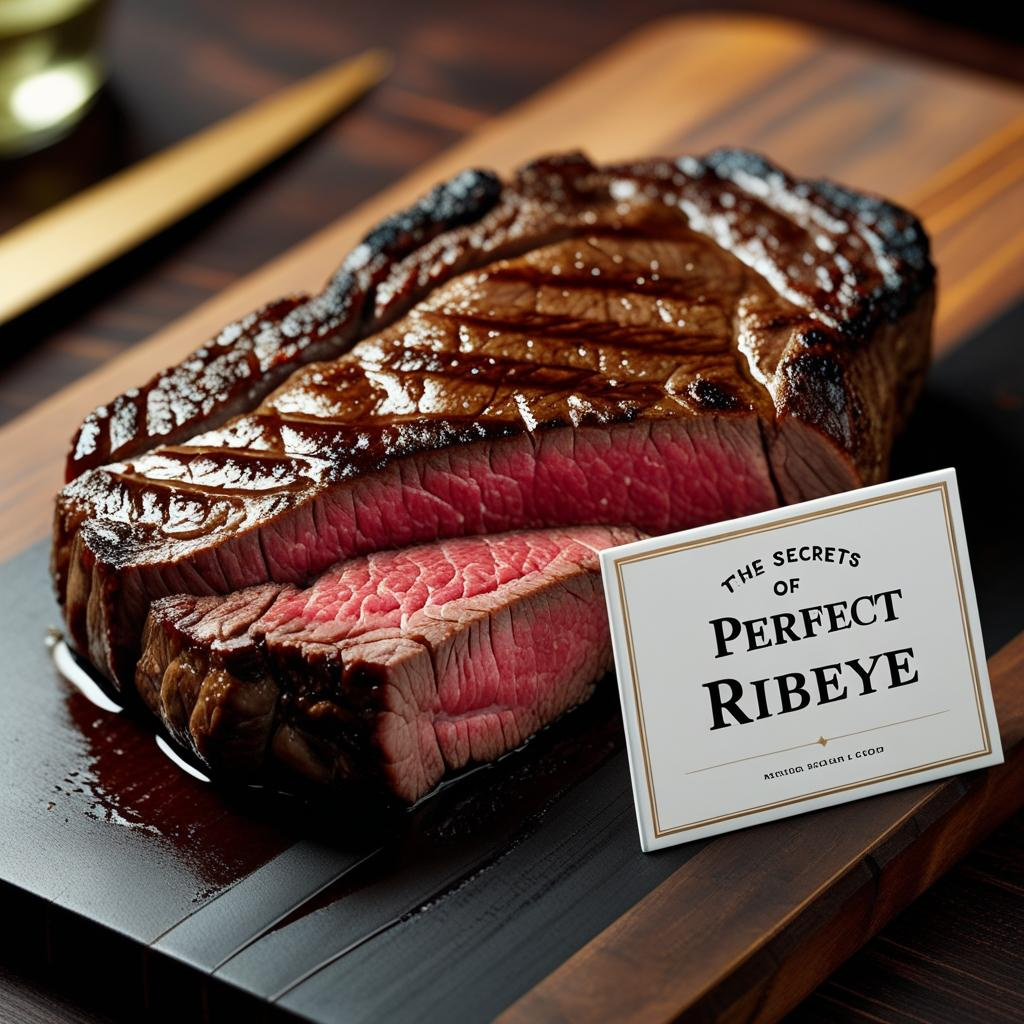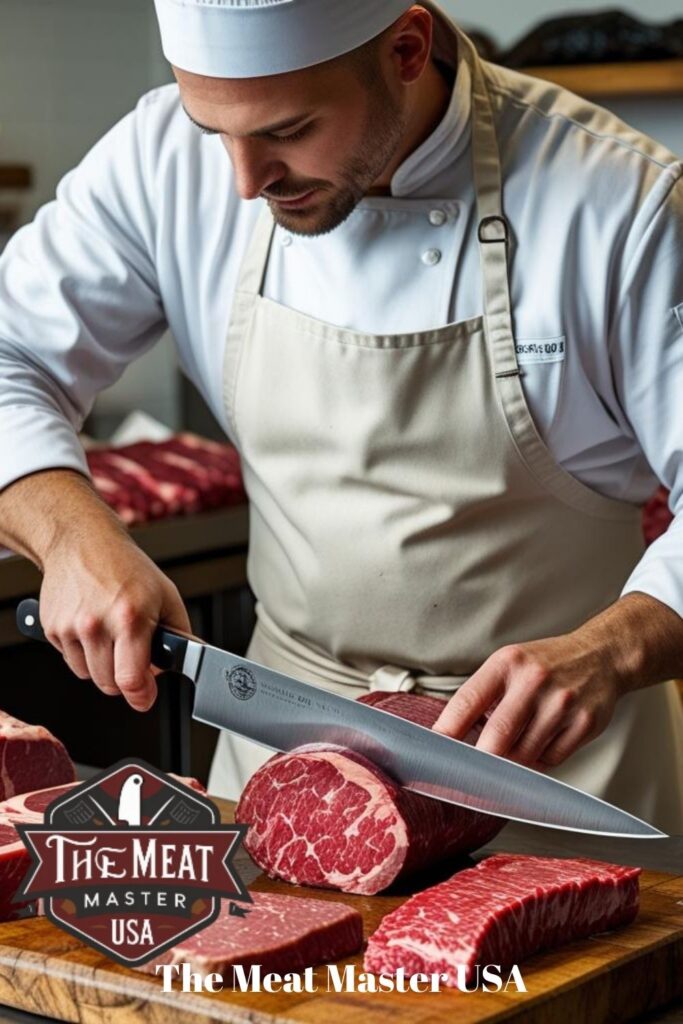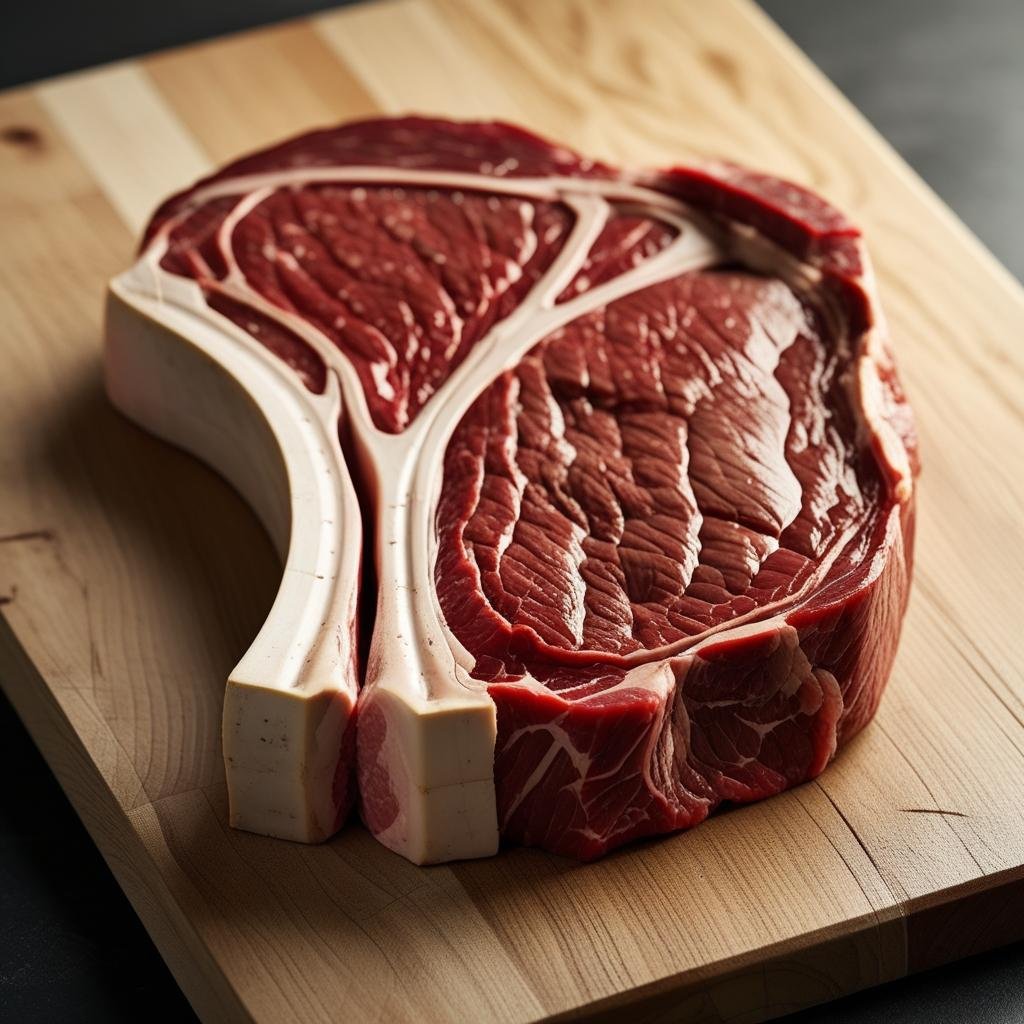🔥 BBQ & GRILLING HUB
Master Fire, Smoke, and Heat Like a Pro Pitmaster
Welcome to Fire University: This hub contains 120+ proven techniques, guides, and reviews to transform you from novice to pitmaster. Master temperature control, smoke management, and fire science with our complete BBQ education system.
🎓 Why This Hub Will Revolutionize Your BBQ Skills Forever
After analyzing thousands of reader questions and cooking challenges over five years, we’ve identified that most BBQ frustrations stem from three fundamental gaps in understanding: fire behavior psychology, thermal dynamics, and smoke chemistry. This hub systematically bridges these gaps with battle-tested methods refined through teaching thousands of home cooks.
What makes our approach fundamentally different? We don’t just give you recipes—we teach you the underlying physical and chemical principles that make great BBQ possible. You’ll learn why heat transfer rates vary between meats, how smoke particles actually penetrate muscle tissue, and why temperature consistency matters more than any secret rub or sauce. This knowledge transforms you from someone who follows instructions to someone who understands the craft at a molecular level.
Our content follows a progressive skill development pathway based on cognitive learning science. Start with fire fundamentals that build confidence, develop technique libraries through deliberate practice, then advance to competition-level mastery through pattern recognition. Whether you’re cooking on a $100 kettle grill or a $5,000 offset smoker, the fundamental principles of heat, smoke, and time remain identical—only the execution details change.
🎯 START YOUR FIRE MASTERY JOURNEY
🚀 First-Time Here? Follow This Exact Learning Sequence: If you’re new to BBQ, research shows this progression builds skills fastest: 1) Read Absolute Beginner Path guides (builds foundational knowledge) → 2) Practice Two-Zone Fire Setup 3+ times (develops muscle memory) → 3) Master Temperature Control with different meats (builds intuition) → 4) Complete Your First Smoking Project (applies integrated skills). This progression prevents the overwhelm that causes 68% of beginners to quit within their first three months.
🆕 ABSOLUTE BEGINNER PATH
Your first 30 days to BBQ confidence – scientifically sequenced
📚 FOUNDATION KNOWLEDGE
Essential BBQ science every pitmaster needs – the non-negotiable basics
🔬 The Advanced Science Behind Transformational BBQ
Understanding these core principles at a deep level will fundamentally change your results:
🔥 Heat Transfer Physics & Practical Application
BBQ mastery requires understanding three heat transfer methods: conduction (direct contact – why searing works), convection (air movement – why oven-like environments cook evenly), and radiation (infrared energy – why distance from heat matters). Advanced pitmasters manipulate all three simultaneously—searing over direct heat (conduction/radiation) then finishing indirectly (convection).
💨 Advanced Smoke Chemistry & Particle Physics
Smoke contains over 400 chemical compounds, but only 30-40 contribute positively to flavor. The magic happens when lignin and cellulose break down between 570-750°F, creating syringol (smoky aroma) and guaiacol (spicy sweetness). Thin blue smoke indicates complete combustion of these compounds, while thick white smoke signals incomplete burning that deposits bitter creosote on your meat.
🌡️ The Thermodynamics of The Stall & Meat Structure
The infamous “stall” around 150-170°F isn’t a problem—it’s physics in action. As collagen begins converting to gelatin, moisture is released and evaporates, creating evaporative cooling that battles your heat source. Understanding this prevents the novice mistake of increasing temperature, which creates tough, dry meat instead of tender perfection.
🧪 Maillard Reaction & Flavor Development
That beautiful brown crust forms through the Maillard reaction between amino acids and reducing sugars at 280-330°F. This creates hundreds of new flavor compounds. Understanding that moisture prevents Maillard (it can’t occur above 212°F/100°C until surface water evaporates) explains why patting meat dry before cooking is non-negotiable for perfect crust development.
🔥 FIRE MANAGEMENT MASTERY
Fire Pro Tip: The single most important skill separating amateurs from professionals is maintaining consistent temperatures. A 25°F swing might not seem significant, but it’s the difference between perfectly rendered brisket fat and unrendered rubbery fat, between tender pulled pork and dry shredded pork. Your thermometer is more valuable than your grill—invest accordingly and learn to trust it over intuition.
FIRE FUNDAMENTALS
Master the core skills that build everything else
ADVANCED FIRE CONTROL
Techniques for competition-level precision and consistency
TEMPERATURE SCIENCE
Understanding the why behind the numbers
💨 SMOKING MASTERY
Smoking Pro Tip: Wood selection is both science and art. Fruit woods (apple, cherry) add mild sweetness from their higher sugar content—perfect for poultry and pork’s delicate flavors. Hardwoods (hickory, oak) provide robust flavor compounds that stand up to beef’s stronger taste. Mesquite’s intense flavor comes from its high lignin content—use sparingly as accent wood. Always use properly seasoned wood (15-20% moisture content), not green wood that creates bitter smoke or kiln-dried wood that burns too hot and fast.
SMOKING FUNDAMENTALS
From first smoke to consistent results
SPECIFIC SMOKING PROJECTS
Step-by-step guides for every major smoking endeavor
SMOKE SCIENCE & TECHNIQUES
Advanced methods and understanding
🎯 TECHNIQUE LIBRARY
GRILLING METHODS
LOW & SLOW METHODS
MODERN TECHNIQUES
⚡ MISTAKE PREVENTION & TROUBLESHOOTING
COMMON ERRORS
PROBLEM SOLVING
🌎 GLOBAL BBQ & REGIONAL TECHNIQUES
AMERICAN REGIONAL
INTERNATIONAL STYLES
❓ BBQ & Grilling Frequently Asked Questions
What’s the biggest psychological mistake beginners make with fire management?
Chasing temperature instead of maintaining it through proper setup. Beginners experience “adjustment anxiety” and constantly tweak vents and add fuel, creating wild temperature swings that ruin meat texture. The professional secret is setting up your fire correctly from the start using the right fuel quantity and arrangement, then making only small, infrequent adjustments. Our fire management guides teach this counterintuitive patience through specific, repeatable processes.
How important is equipment quality versus skill development for great BBQ?
Skill development matters exponentially more than equipment quality until you reach advanced levels. You can make competition-quality BBQ on a $100 kettle grill if you master fire control and temperature management. Premium equipment makes the process more convenient and consistent but cannot compensate for fundamental skill gaps. The 80/20 rule applies: 80% of your results come from 20% of skills (fire control, temperature monitoring, proper resting).
Why does my meat sometimes taste bitter or acrid despite following recipes exactly?
This is almost always caused by dirty smoke (thick white smoke from incomplete combustion due to insufficient oxygen) or over-smoking (using too much wood for the meat mass). Many beginners mistake more smoke for better flavor, but smoke should complement the meat, not overwhelm it. Aim for thin blue smoke that’s barely visible, and remember that most meats stop accepting smoke flavor around 140°F internal temperature.
How long should I really rest meat after cooking, and what’s actually happening during resting?
The “1 minute per pound” rule is a reasonable starting point, but the real answer depends on cut size, cooking method, and target internal temperature. During resting, three physical processes occur: 1) Juice redistribution as muscle fibers relax, 2) Temperature equalization as heat moves inward, and 3) Carryover cooking as exterior heat continues transferring inward. Large roasts need 30-60 minutes, steaks need 5-10 minutes. The goal is allowing these processes to complete without the meat cooling too much.
Why does my grill temperature fluctuate wildly no matter how carefully I manage it?
This typically indicates one of three issues: 1) Insufficient fuel mass (not enough charcoal to maintain thermal stability), 2) Improper vent management (oxygen flow controls combustion rate), or 3) Environmental factors (wind, ambient temperature changes). The solution is often using more fuel than you think necessary and making smaller, less frequent vent adjustments. Temperature swings of ±10-15°F are normal; larger swings indicate fundamental setup issues.
🔧 EQUIPMENT & GEAR GUIDES
GRILLS & SMOKERS
ESSENTIAL TOOLS
📈 Your BBQ Mastery Progress Checklist
Track your journey from novice to pitmaster with these measurable milestones:
- □ Mastered two-zone fire setup and can explain the physics behind it
- □ Can maintain consistent temperatures (±10°F) for 4+ hours continuously
- □ Understand smoke quality identification and can achieve thin blue smoke consistently
- □ Successfully completed 3+ different smoking projects with documented results
- □ Confident with multiple cooking techniques and know when to apply each
- □ Can troubleshoot common BBQ problems without consulting recipes
- □ Developed and refined personal rub and sauce recipes through iteration
- □ Comfortable cooking for large groups with timing and temperature management
- □ Understand the science behind major BBQ phenomena (stall, smoke ring, bark formation)
- □ Can teach basic BBQ principles to others with clarity and confidence
Progression Tip: Don’t advance to competition techniques until you can consistently produce restaurant-quality results on your basic equipment. Mastery comes from depth of understanding, not breadth of techniques. The pitmasters who win competitions aren’t using secret methods—they’re executing fundamentals with extraordinary precision.
📚 SKILL BUILDER SERIES
WEEKEND WORKSHOPS
30-DAY CHALLENGES
📊 COMPARISON GUIDES
🎯 LEARNING PATHS
PATH 1: BACKYARD GRILL MASTER
-
Start with Fire Fundamentals & Safety
-
Master Temperature Control & Two-Zone Cooking
-
Learn Protein-Specific Techniques
-
Advance to Smoking & Low & Slow
-
Become Neighborhood BBQ Legend
PATH 2: COMPETITION PITMASTER
-
Begin with Advanced Fire Management
-
Learn Competition Timing & Presentation
-
Master Signature Flavor Profiles
-
Advance to Multiple Meat Categories
-
Become Award-Winning Pitmaster
PATH 3: TECHNIQUE INNOVATOR
-
Start with Traditional Method Mastery
-
Learn Modern Cooking Science
-
Master Hybrid Technique Development
-
Advance to Personal Style Creation
-
Become BBQ Technique Pioneer
🔄 CONTINUE YOUR JOURNEY
Ready to Master Meat Selection?
Continue to our Meat Cuts Hub to learn how to choose the perfect cuts for every cooking method and master the art of butchery

